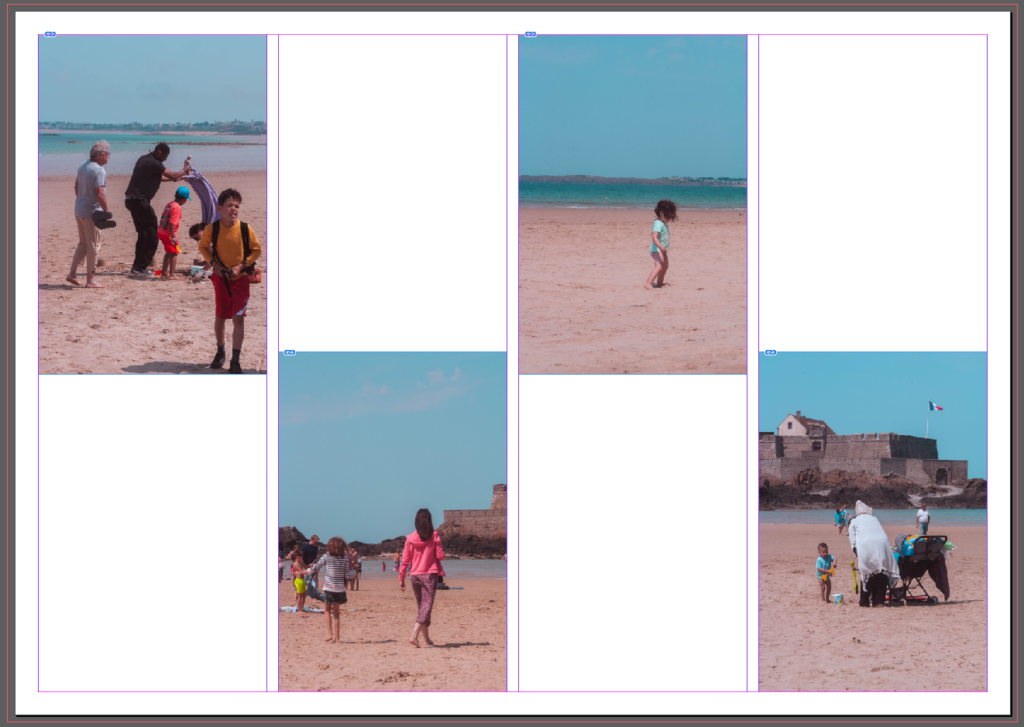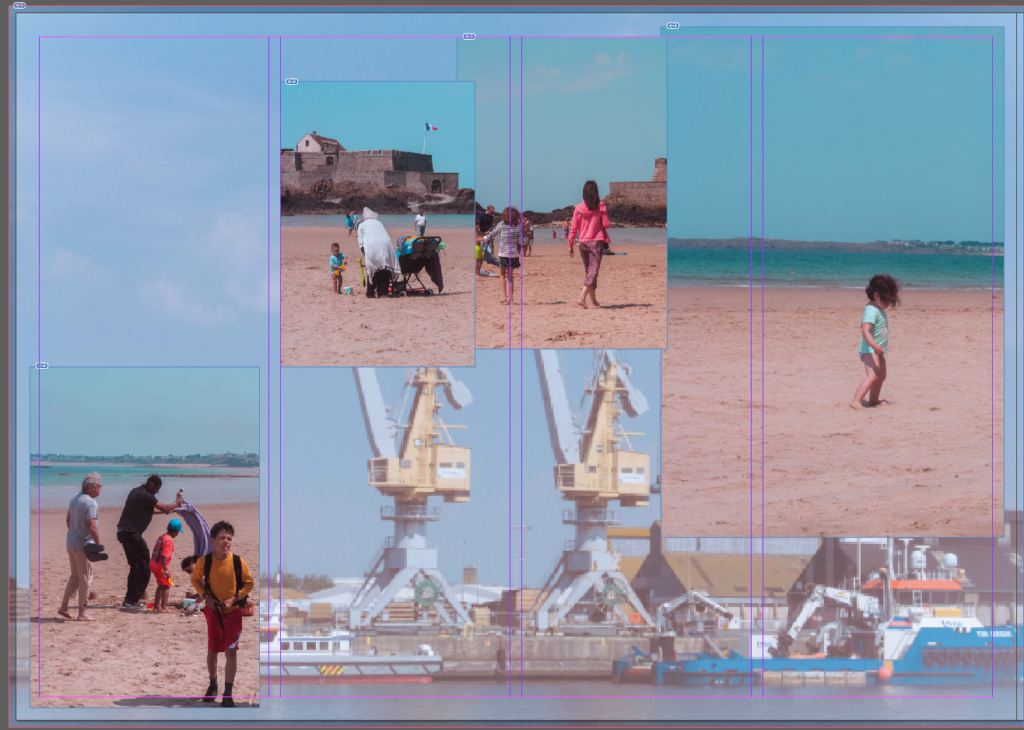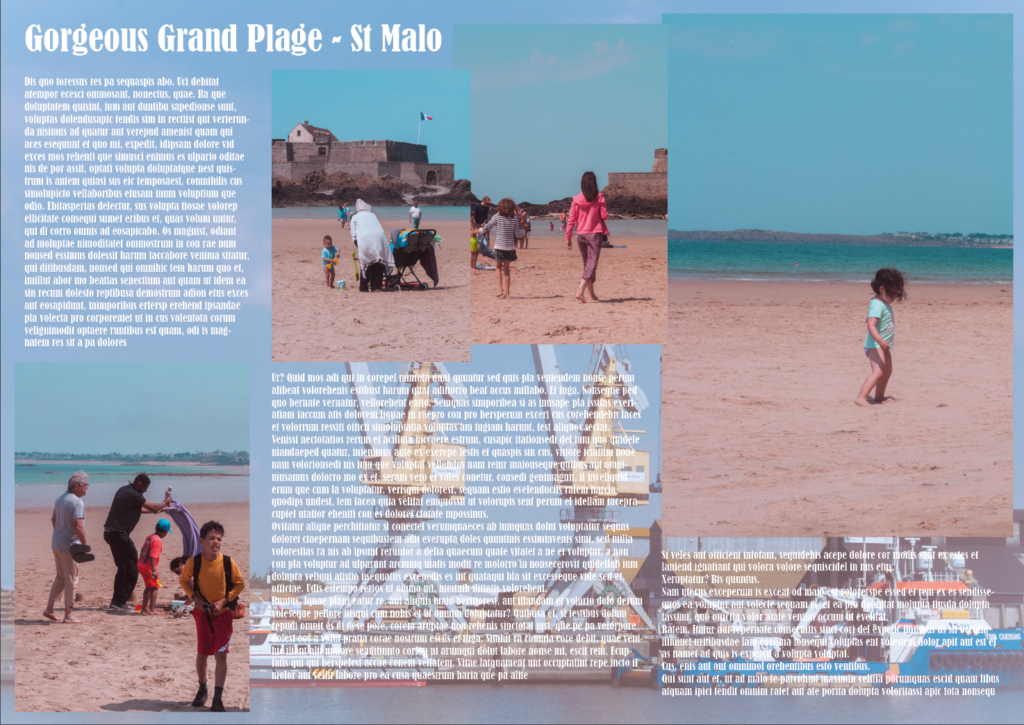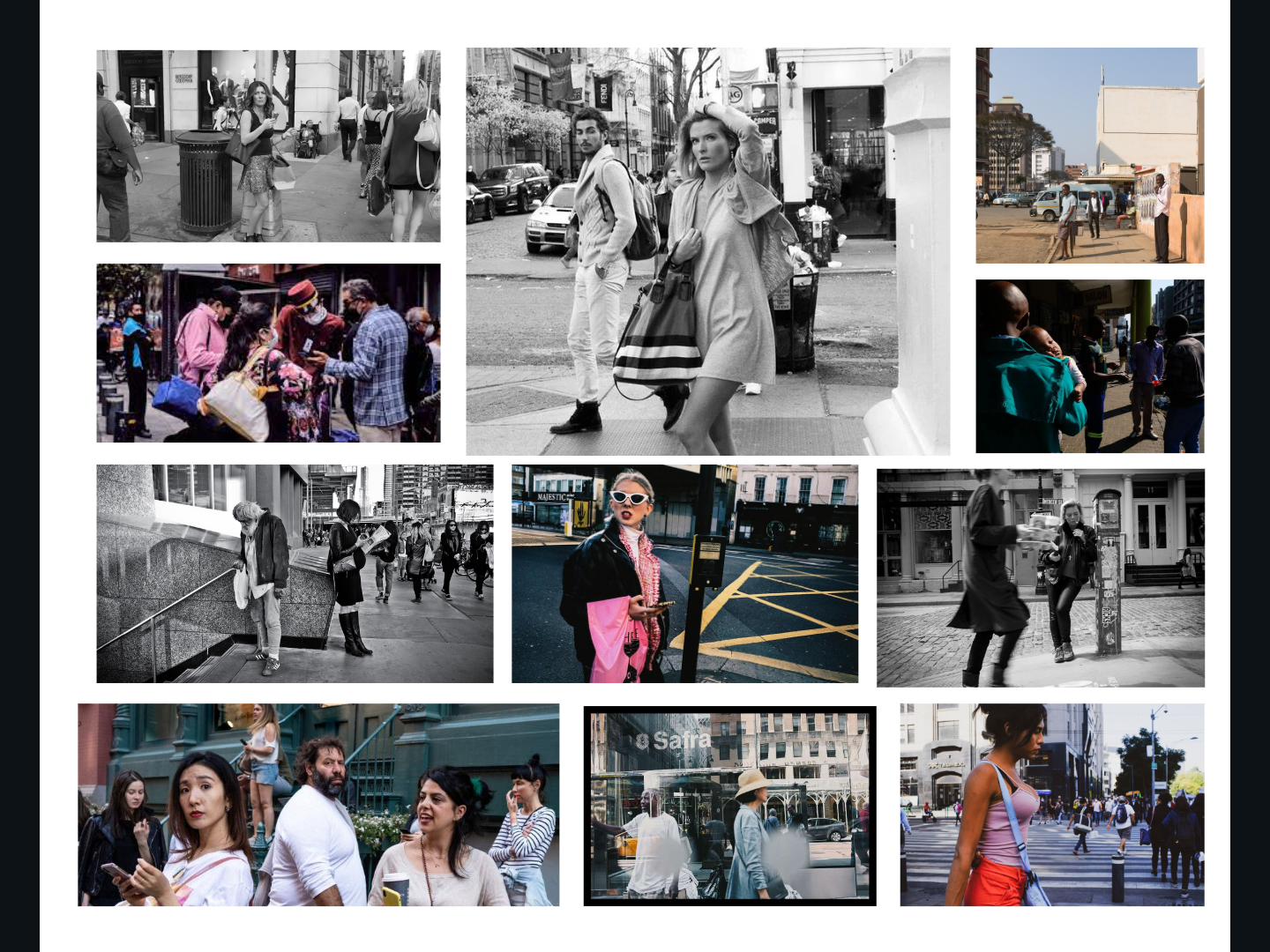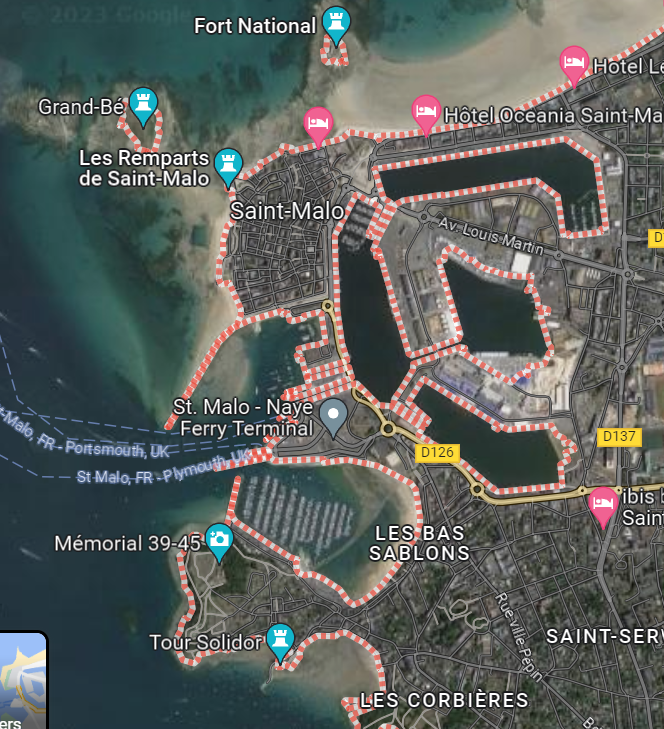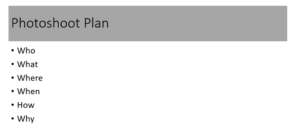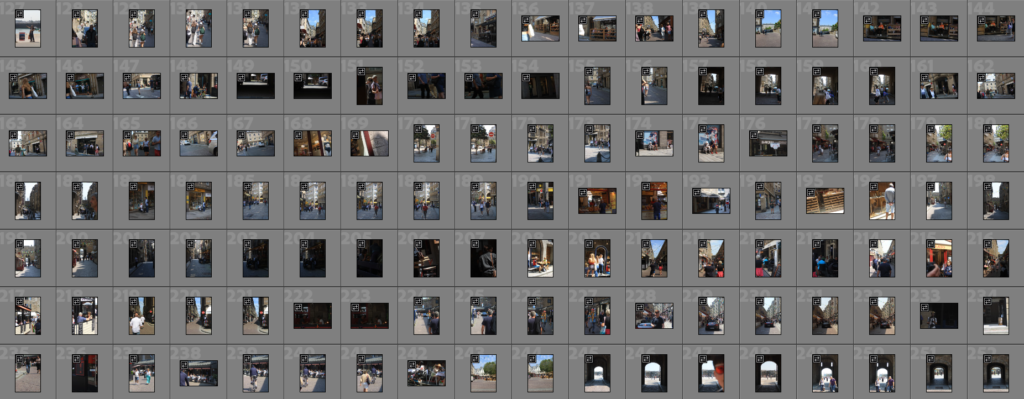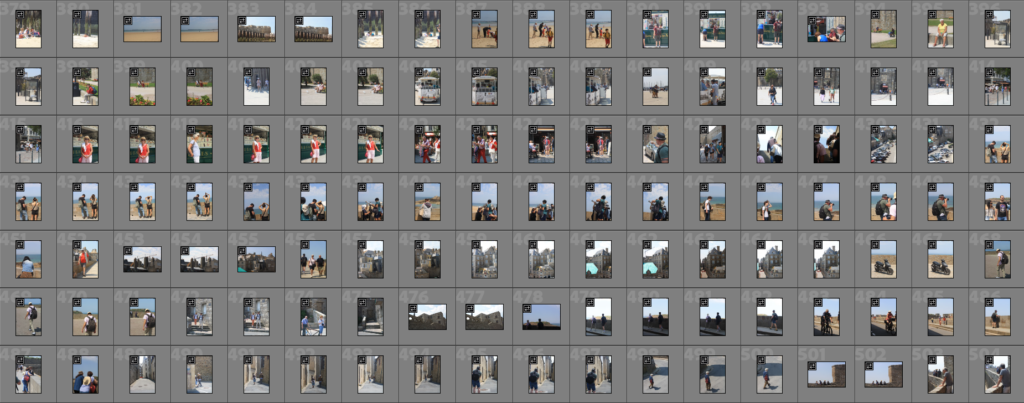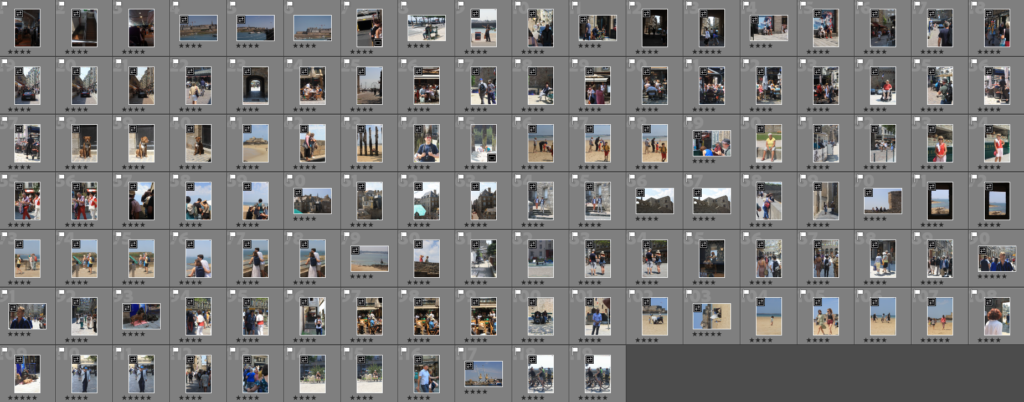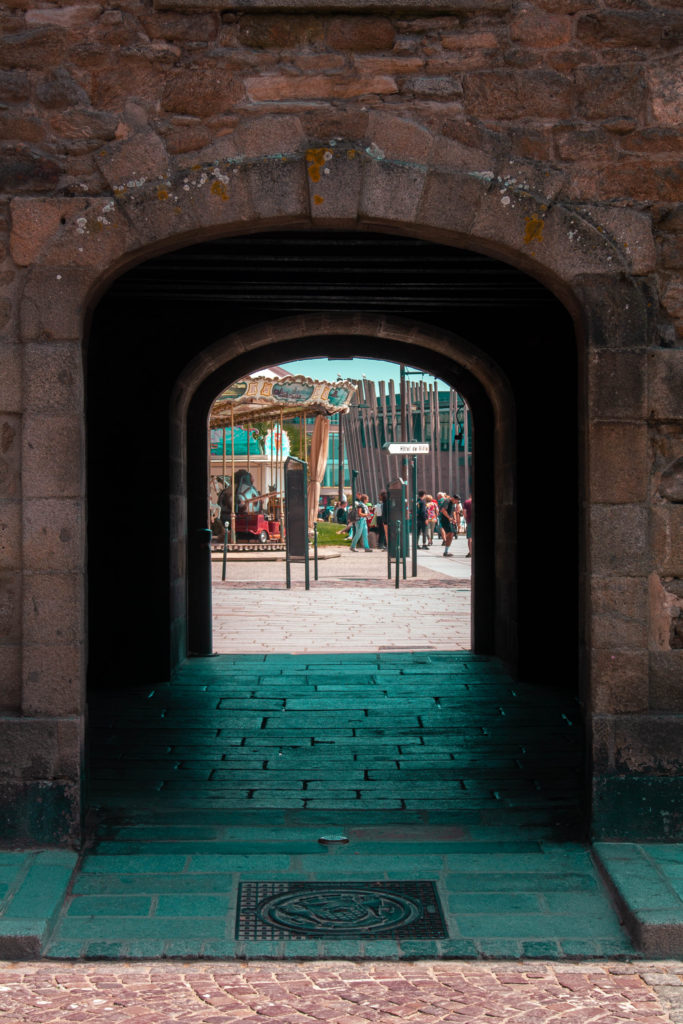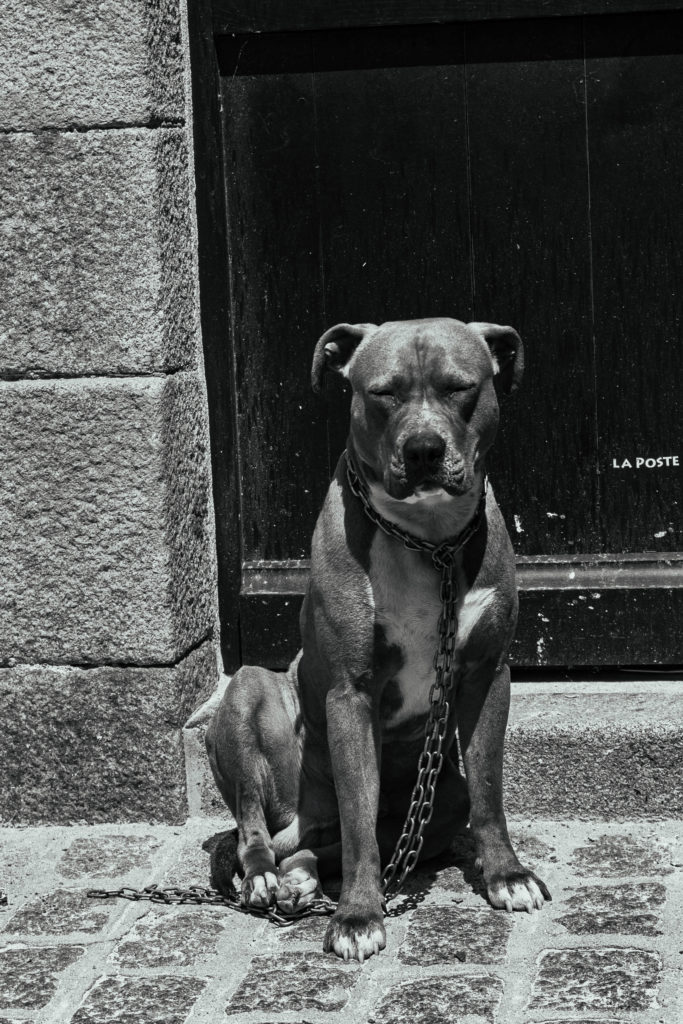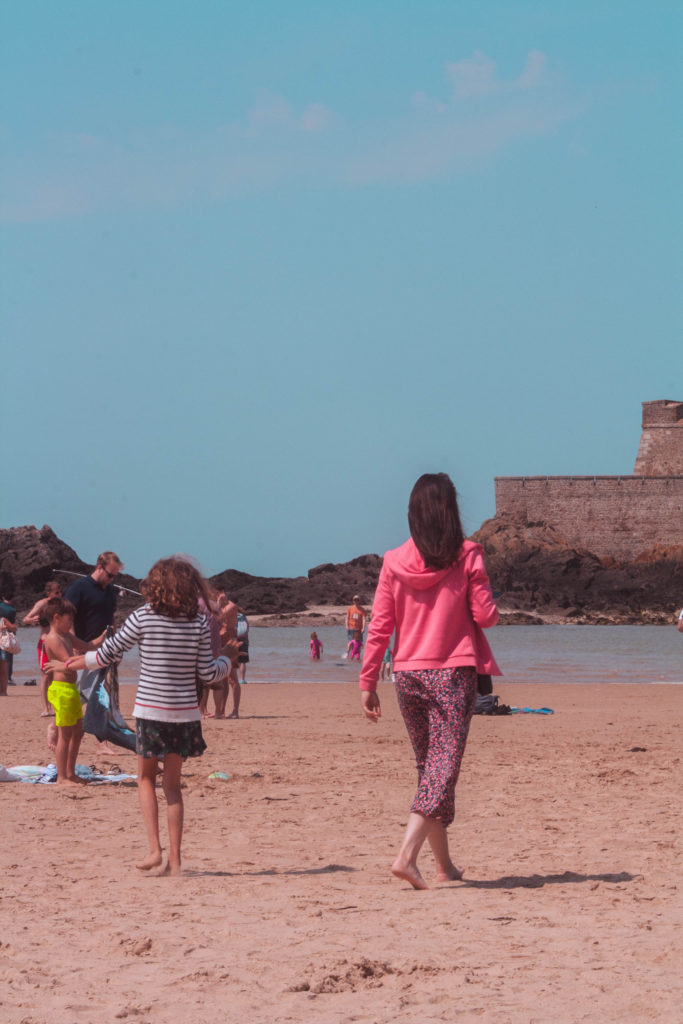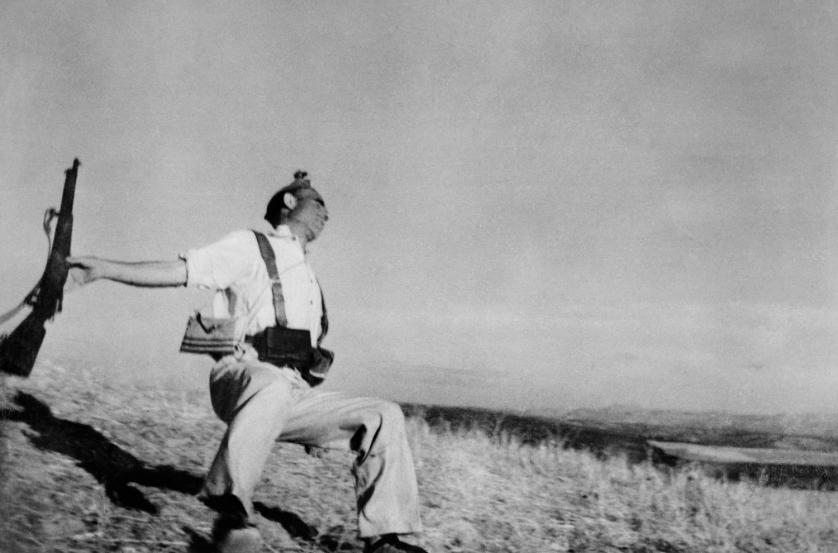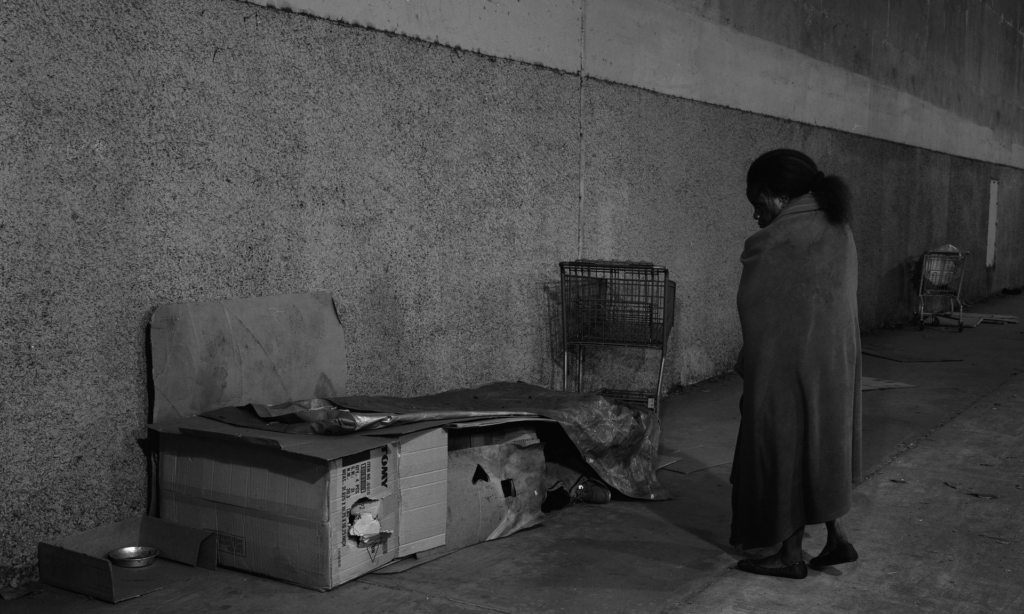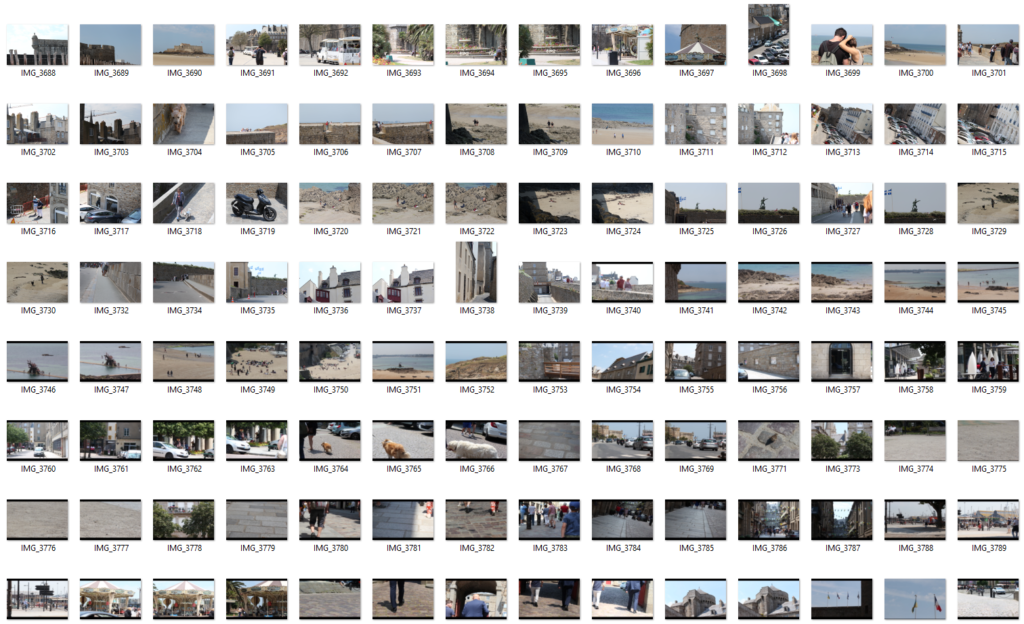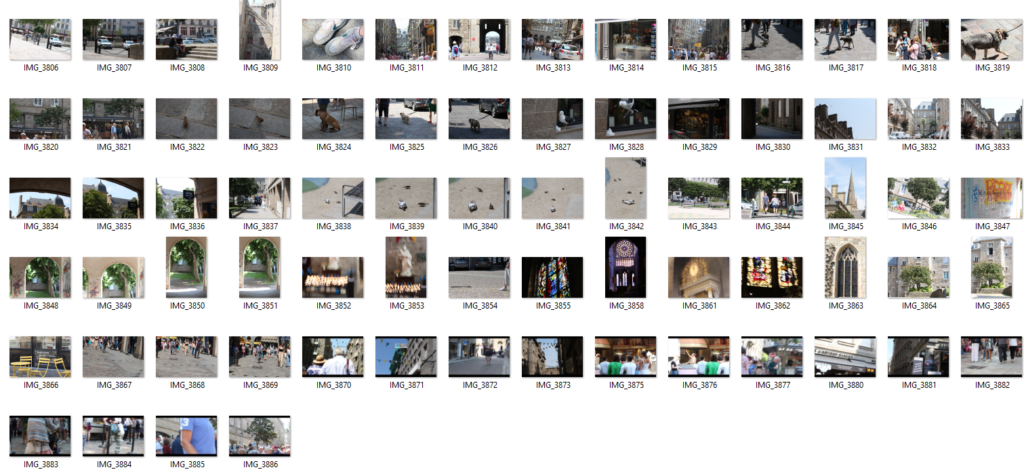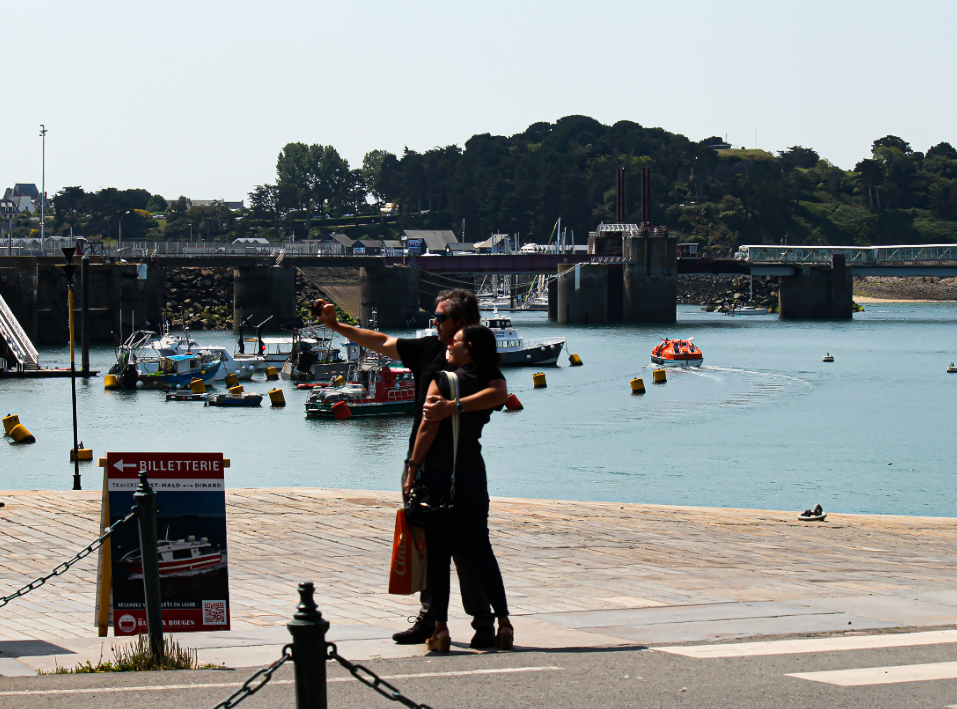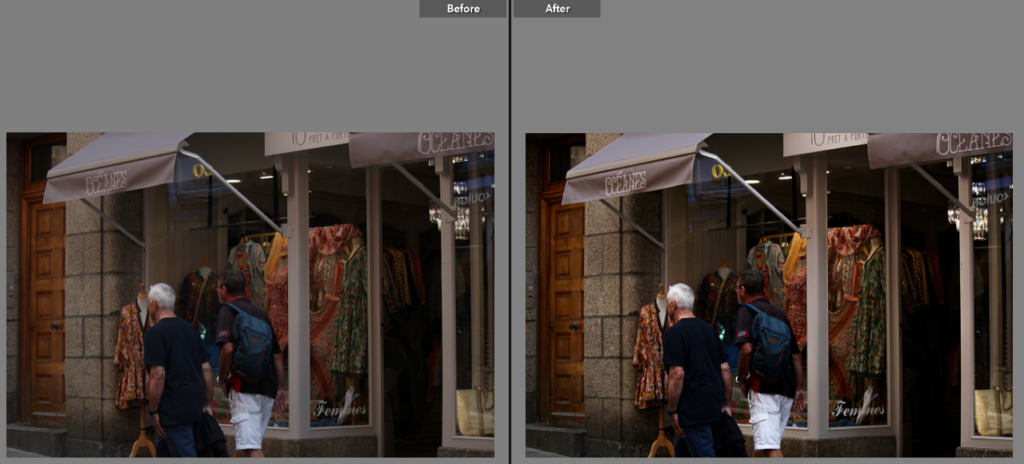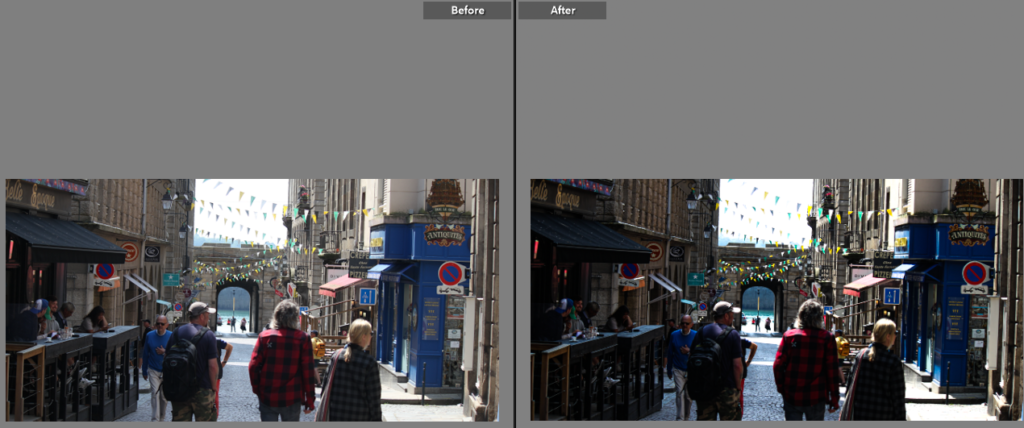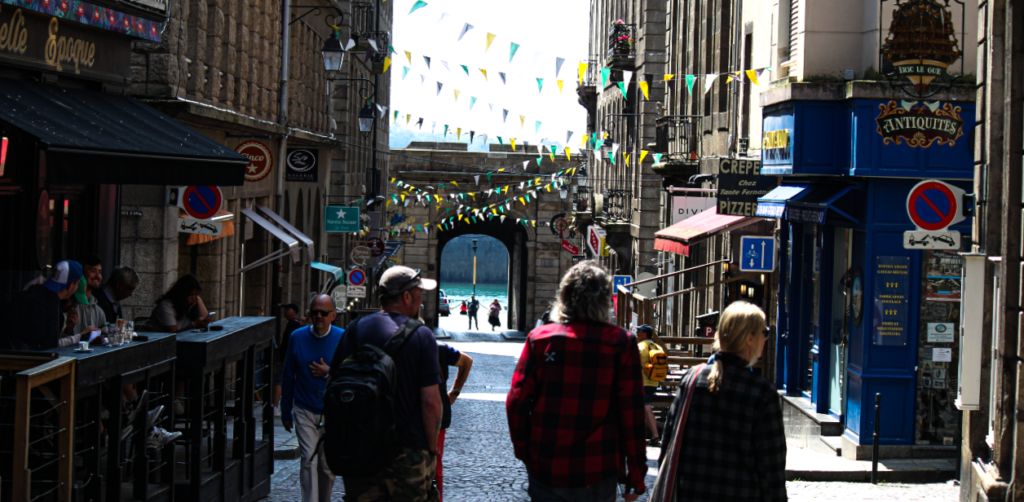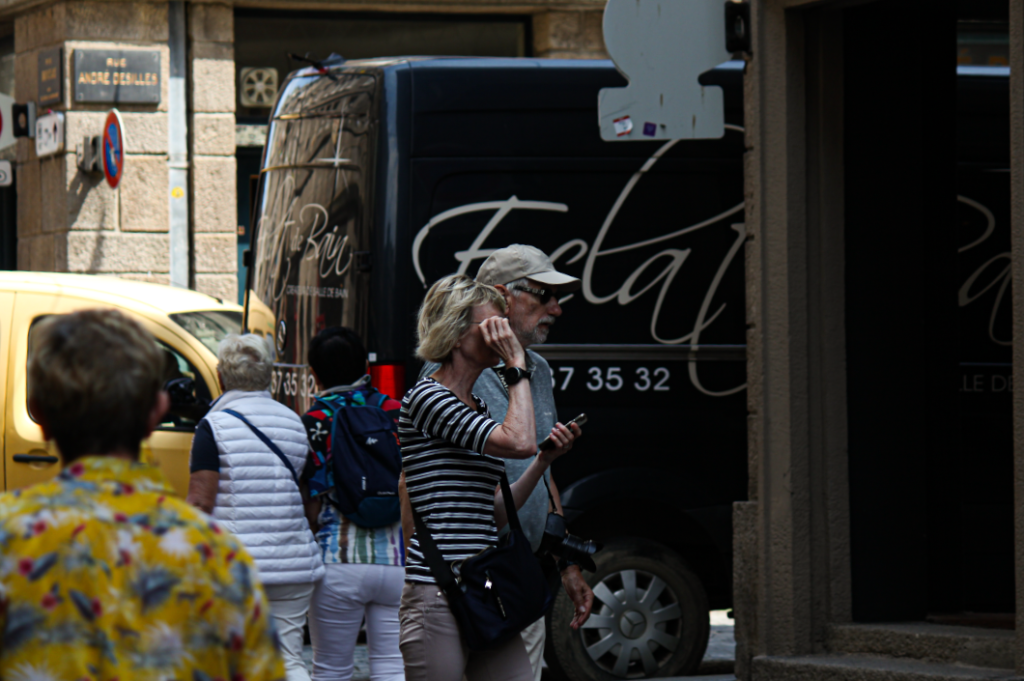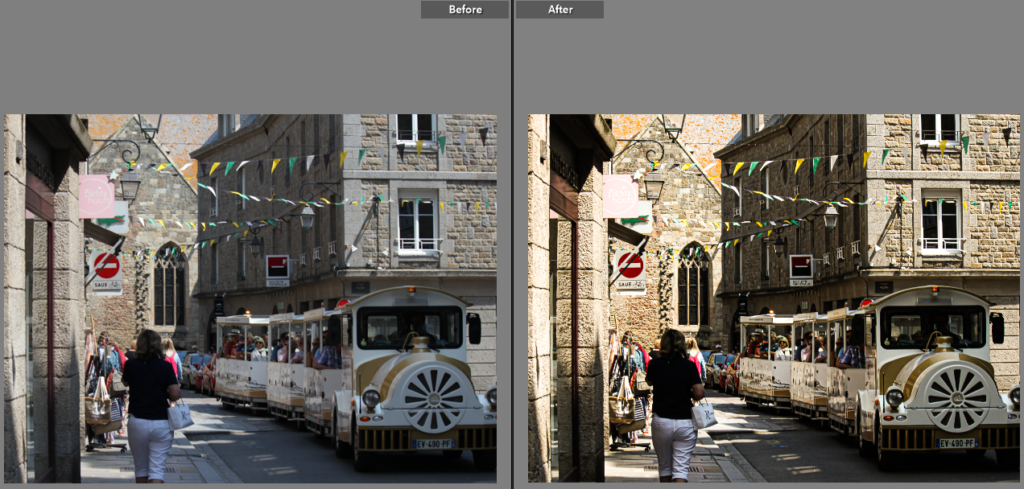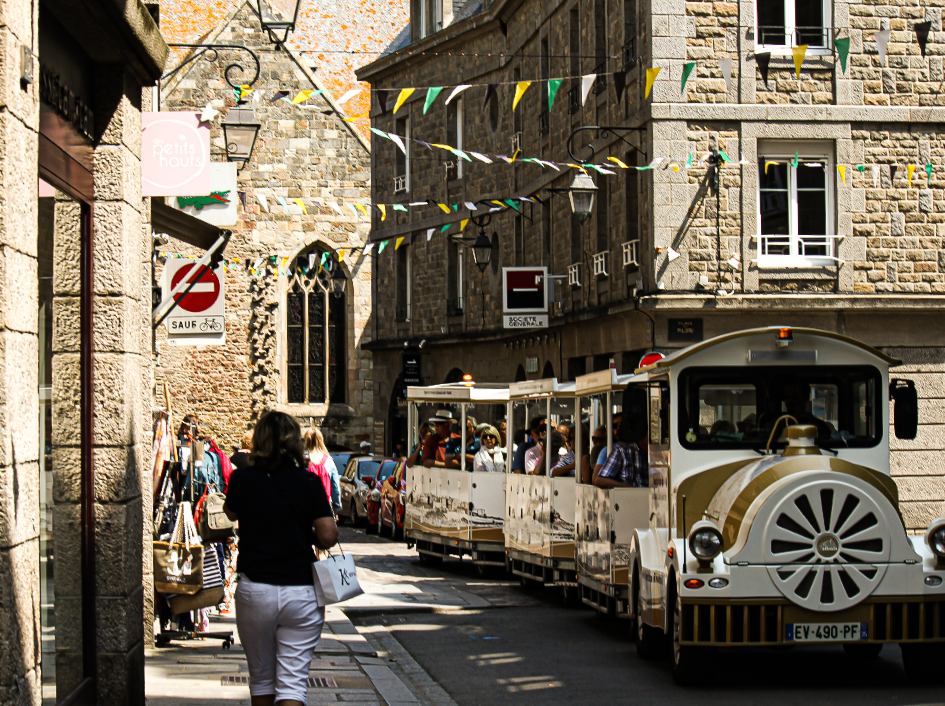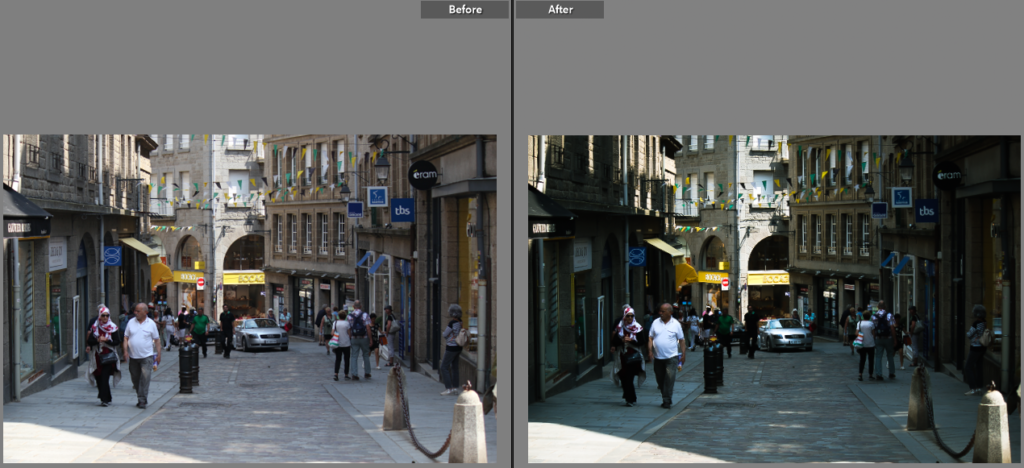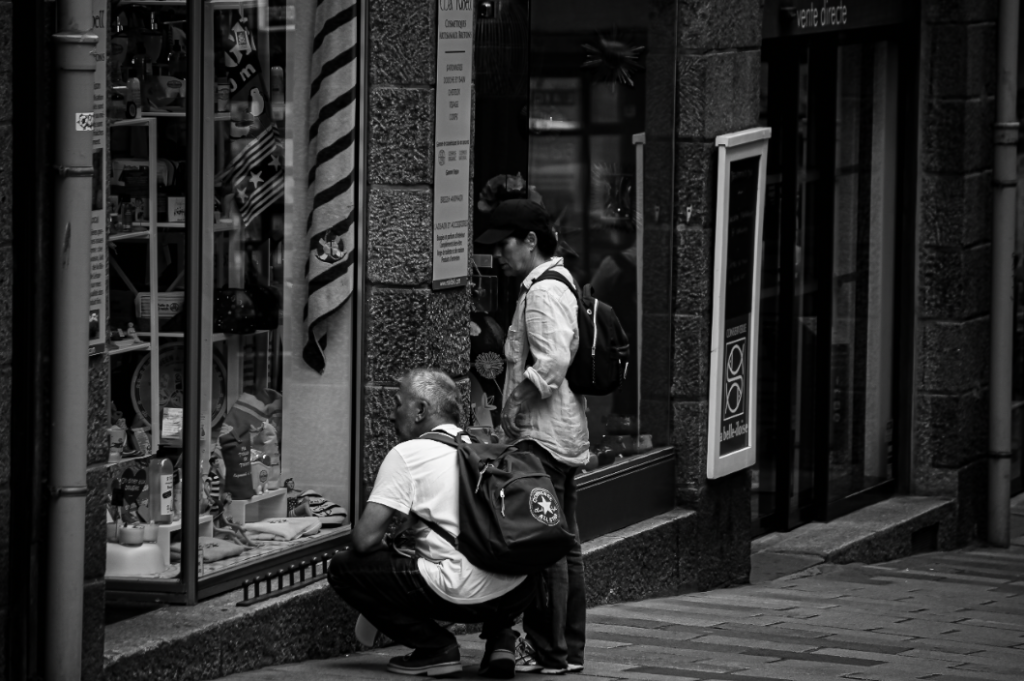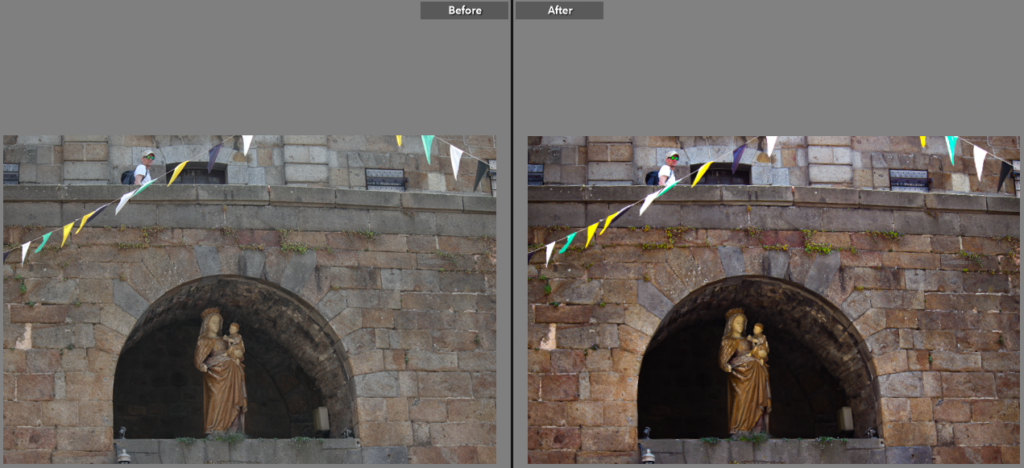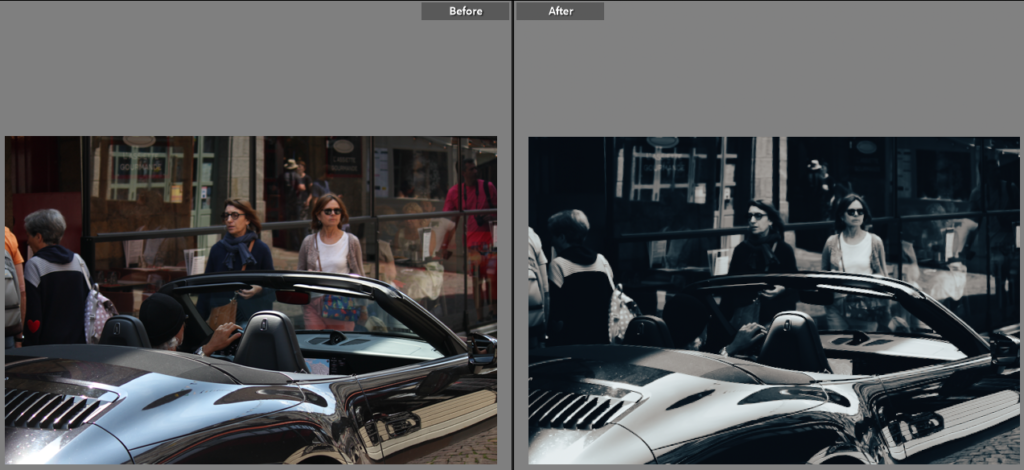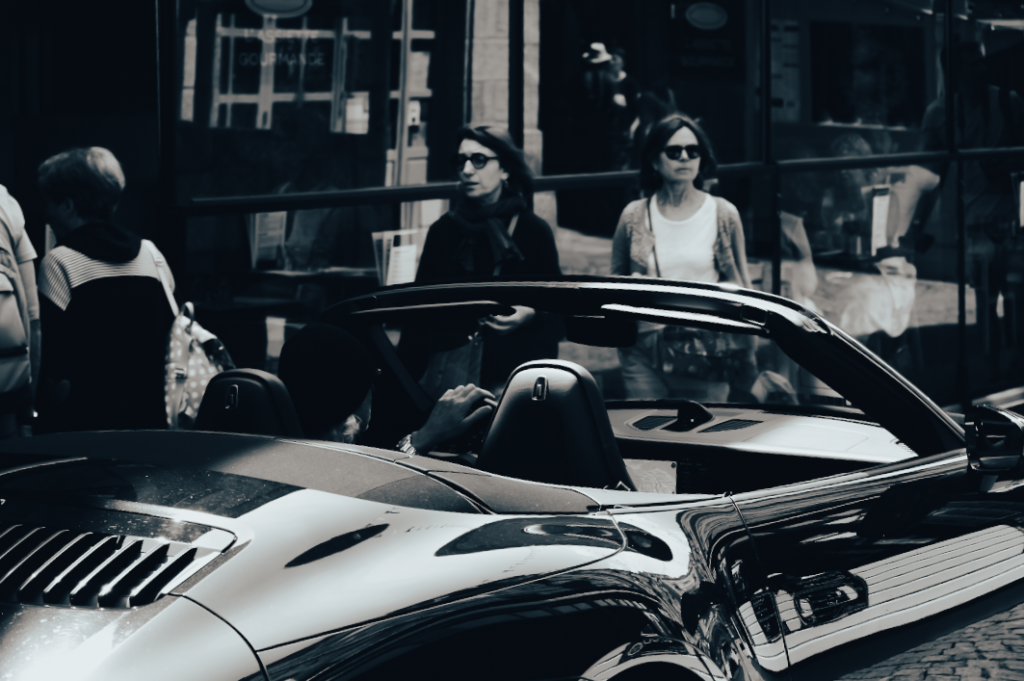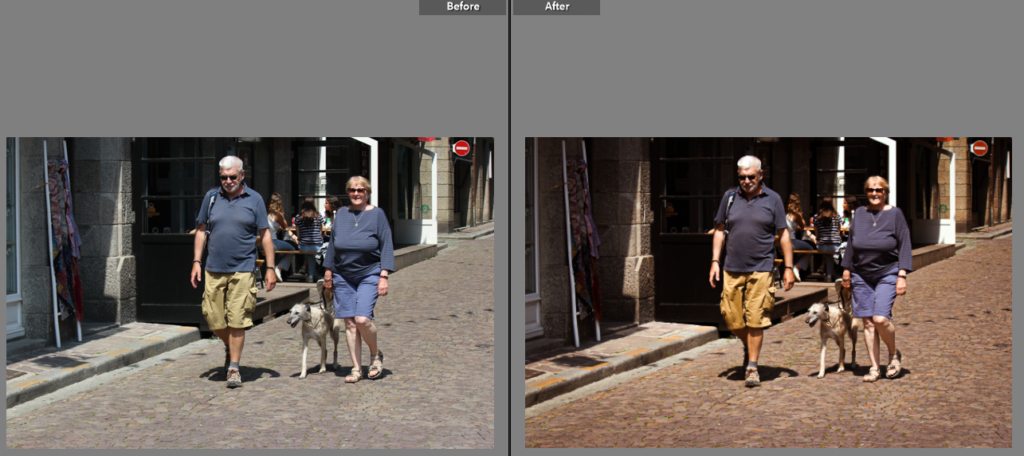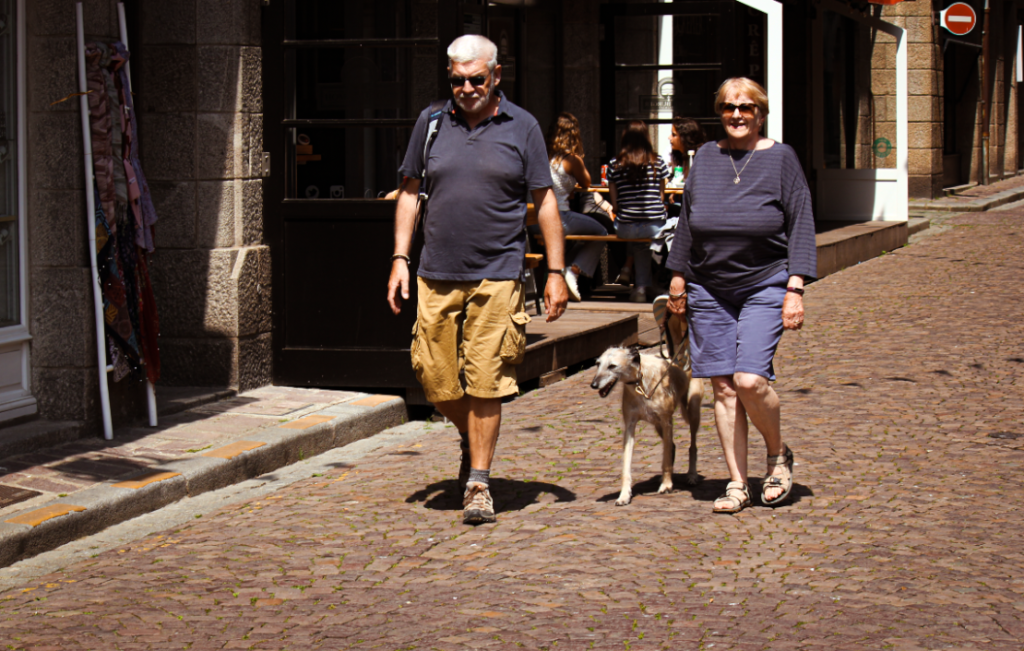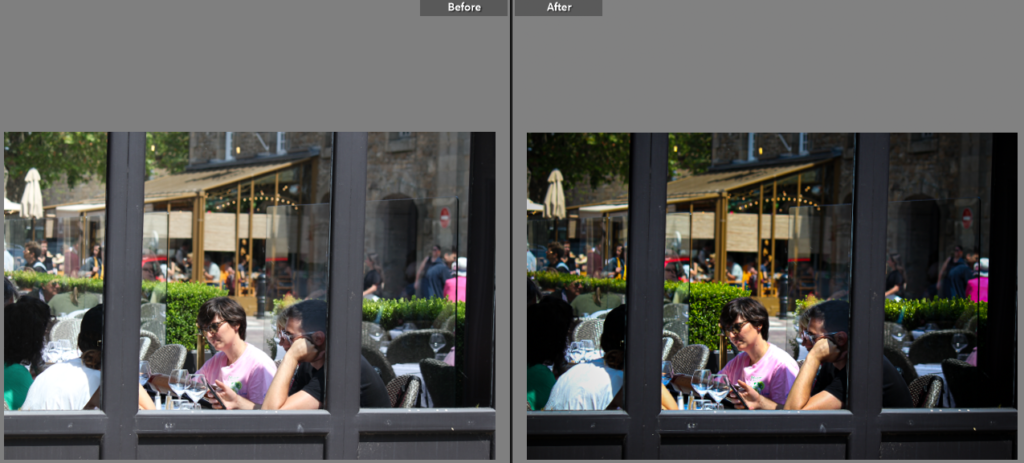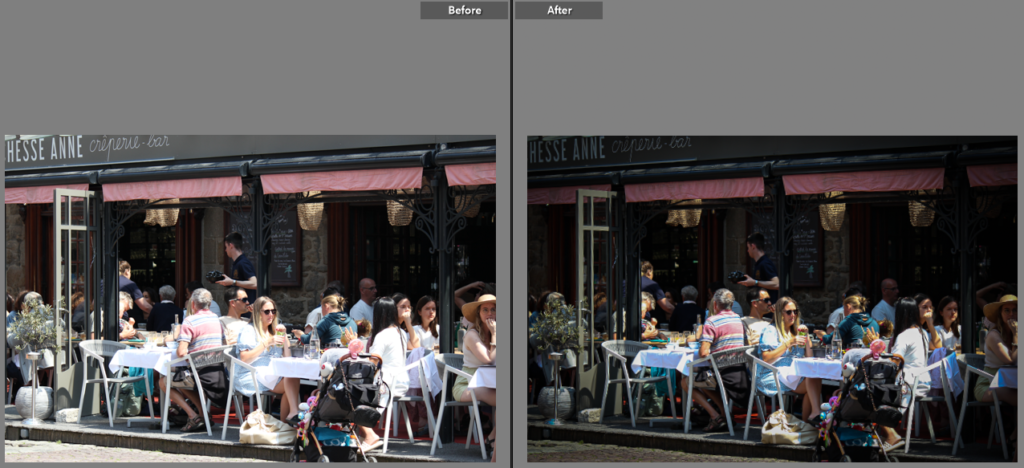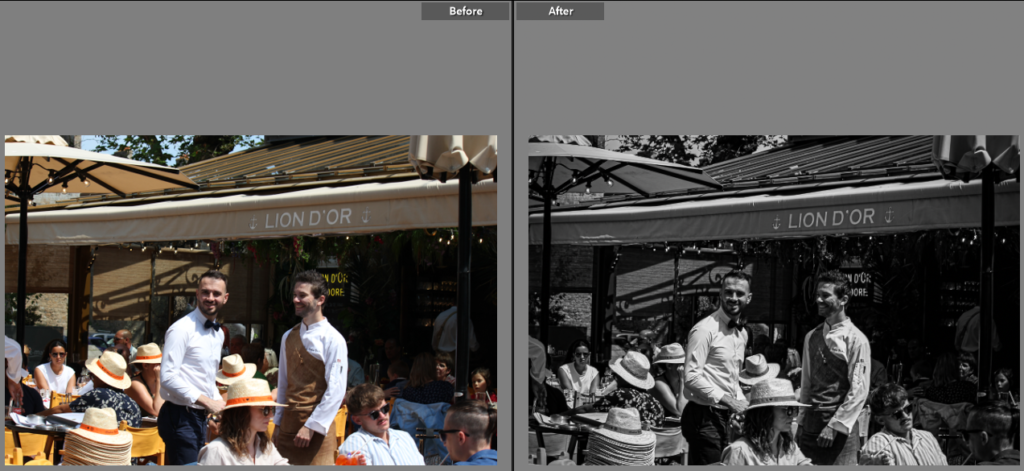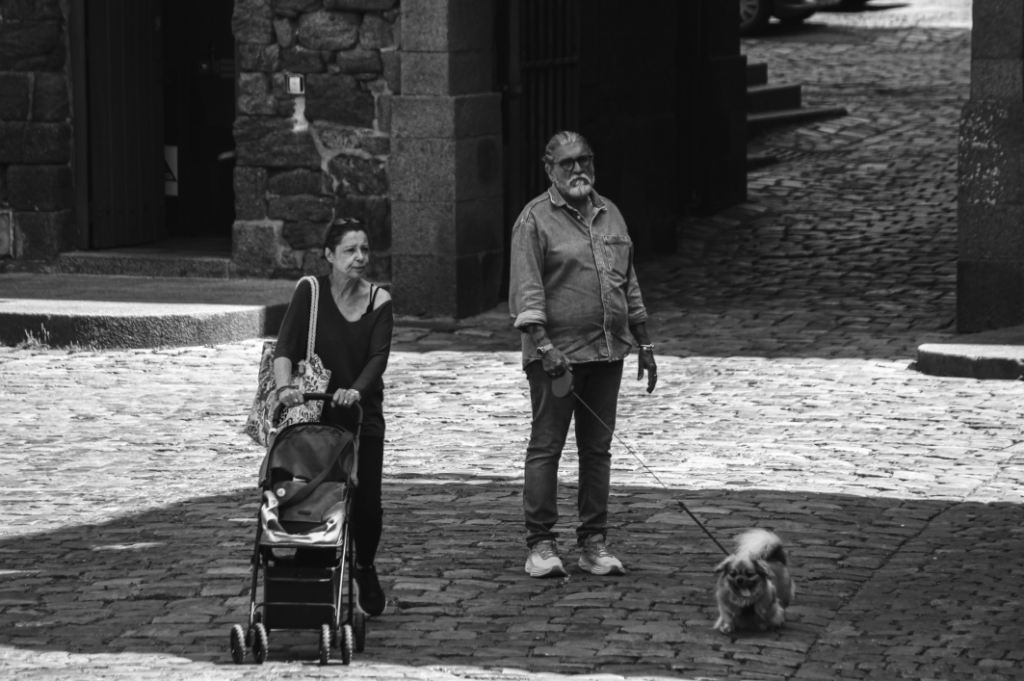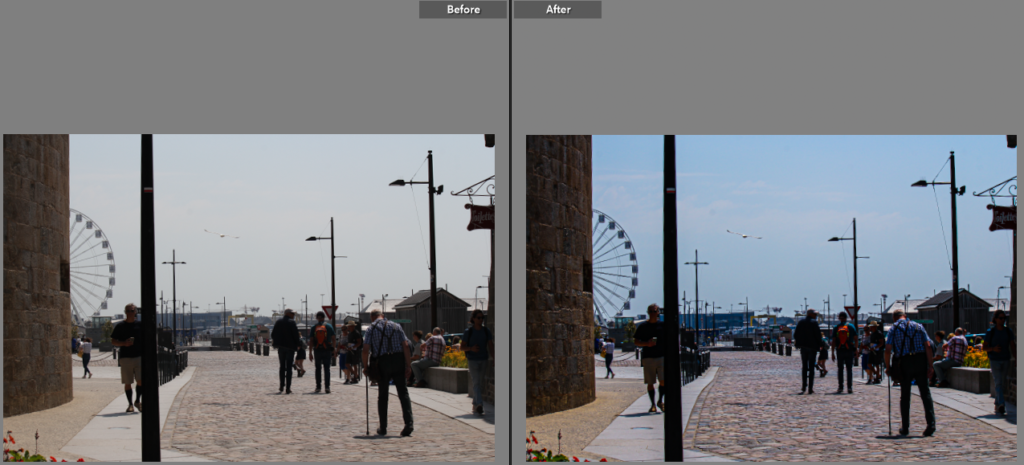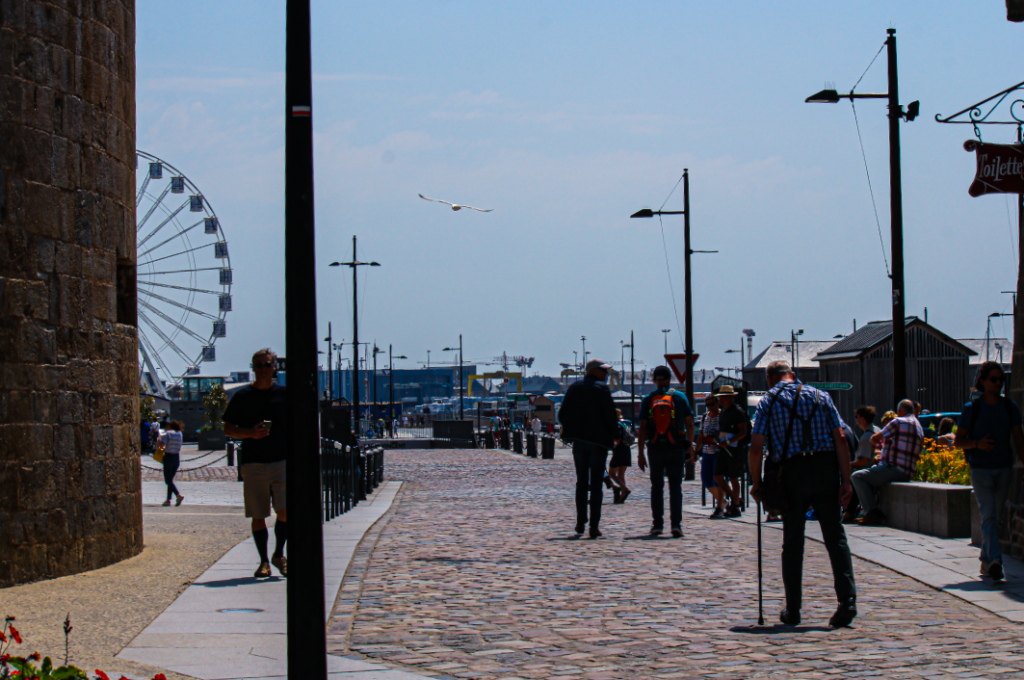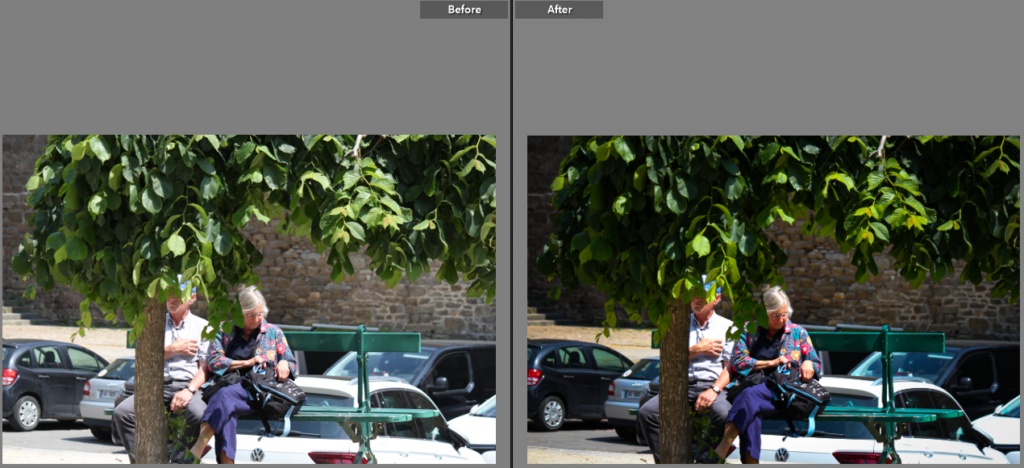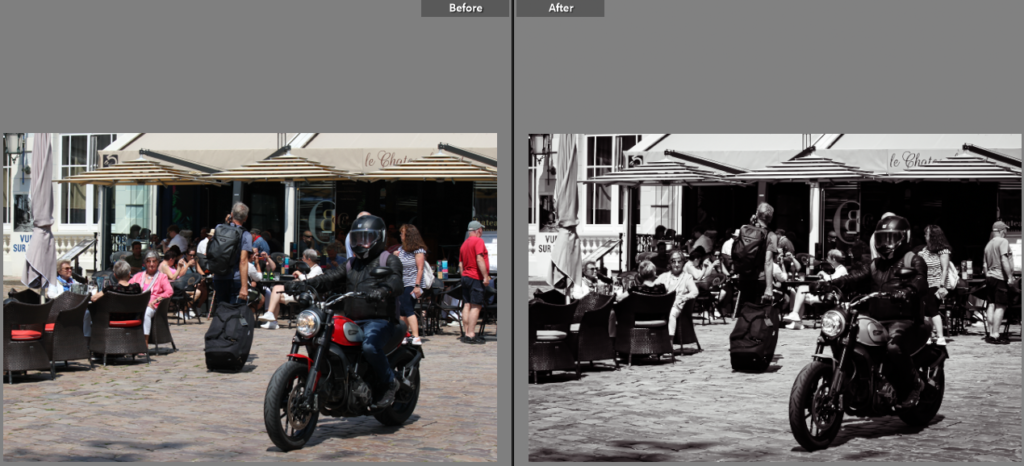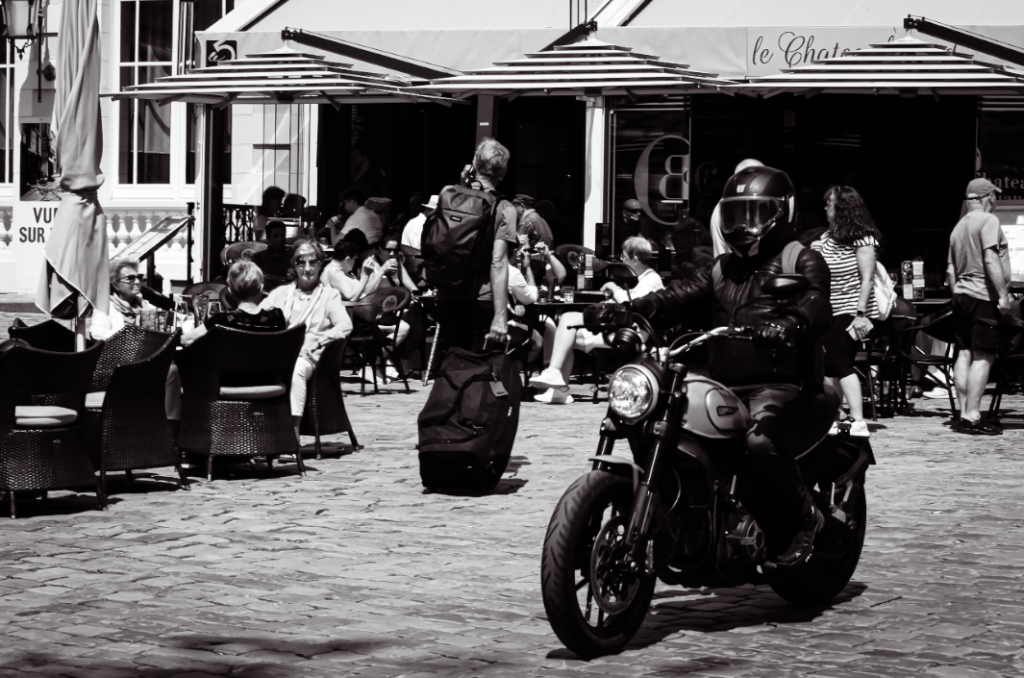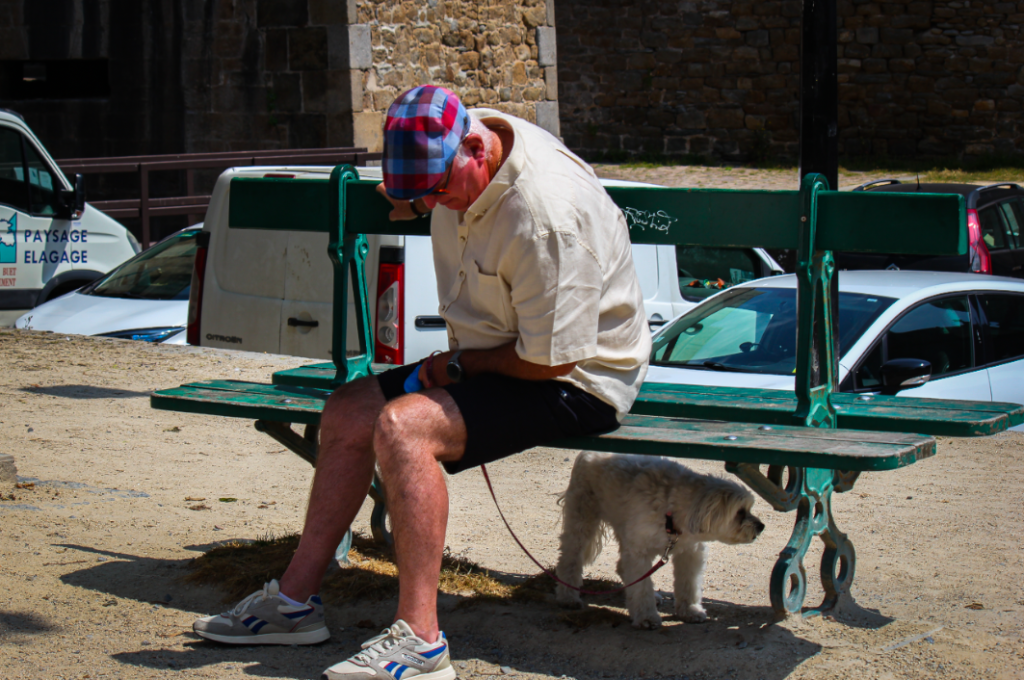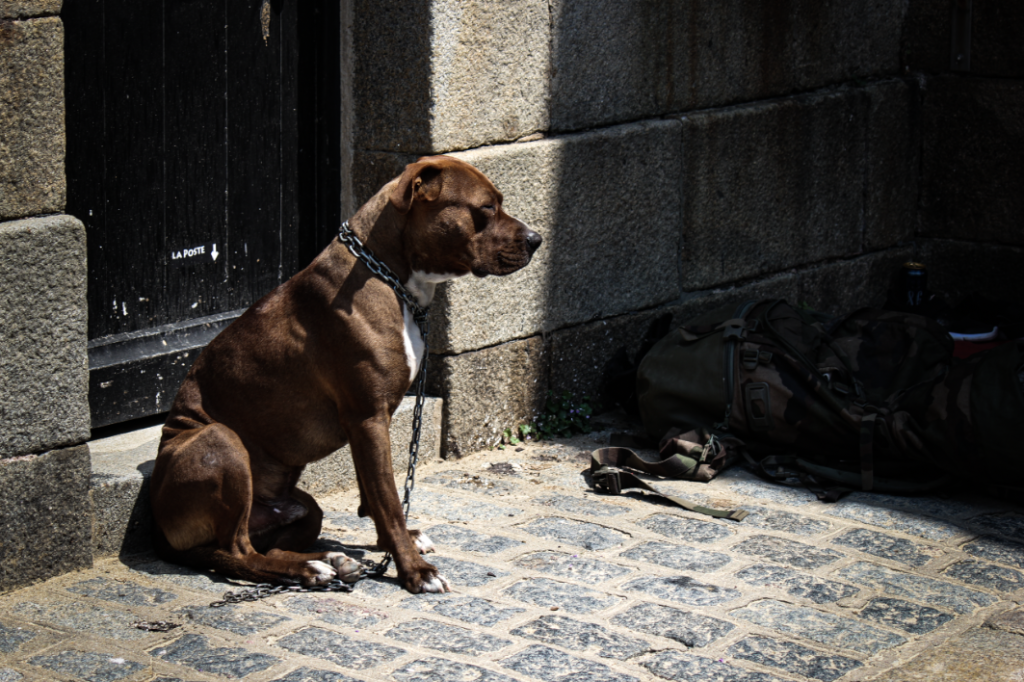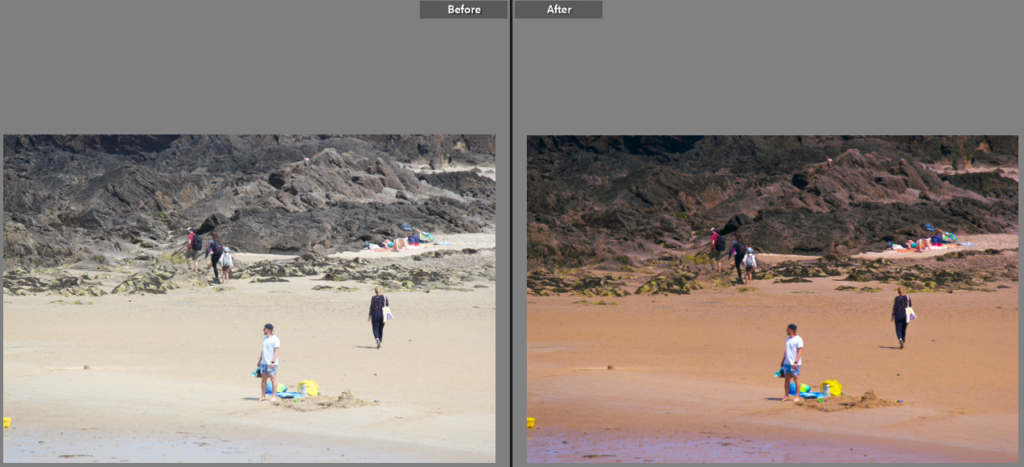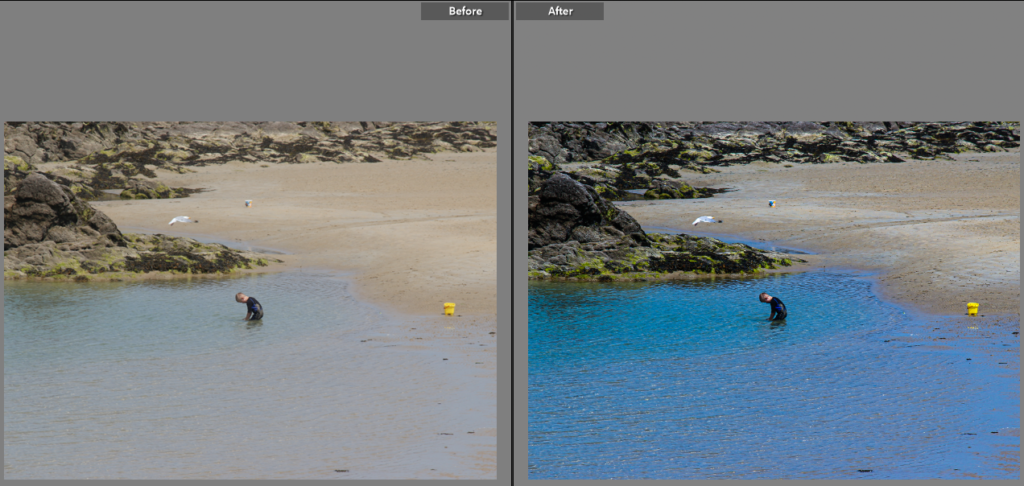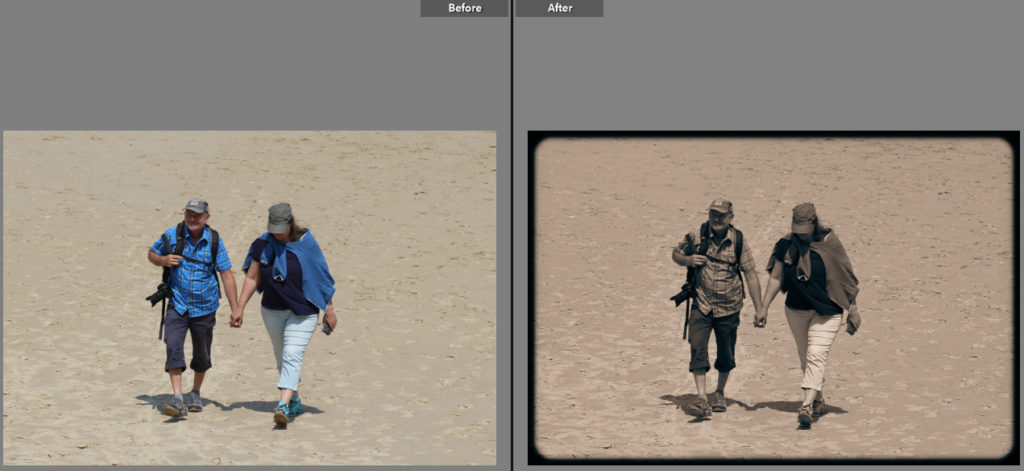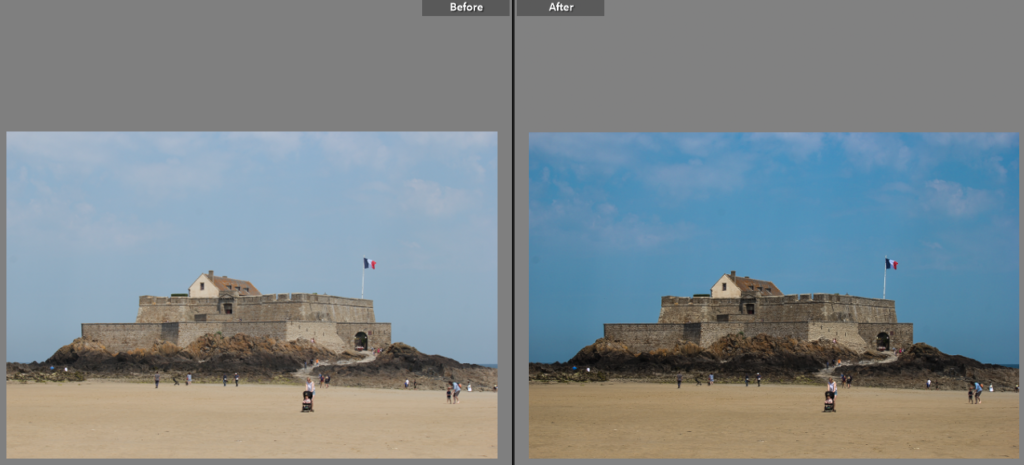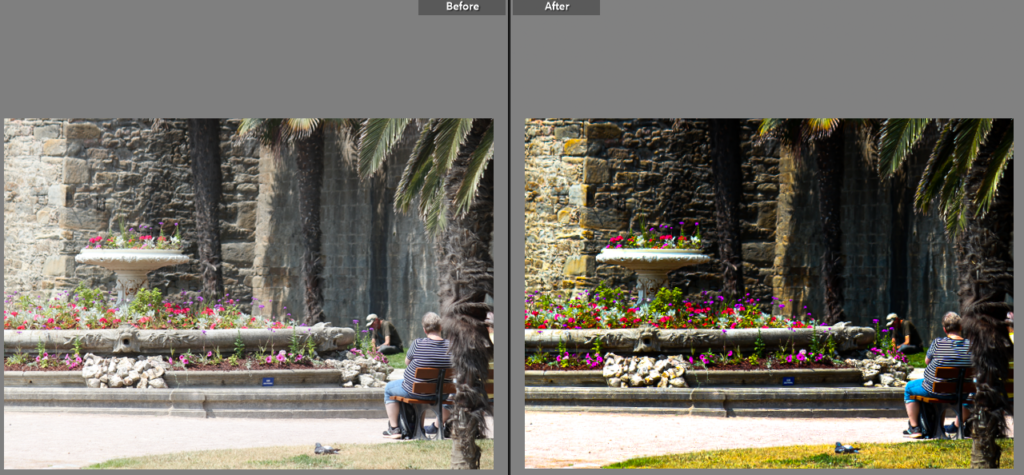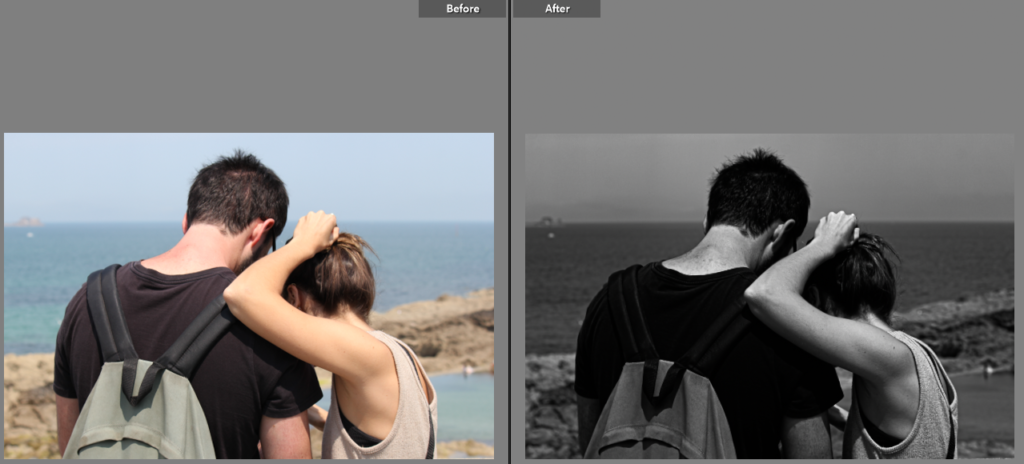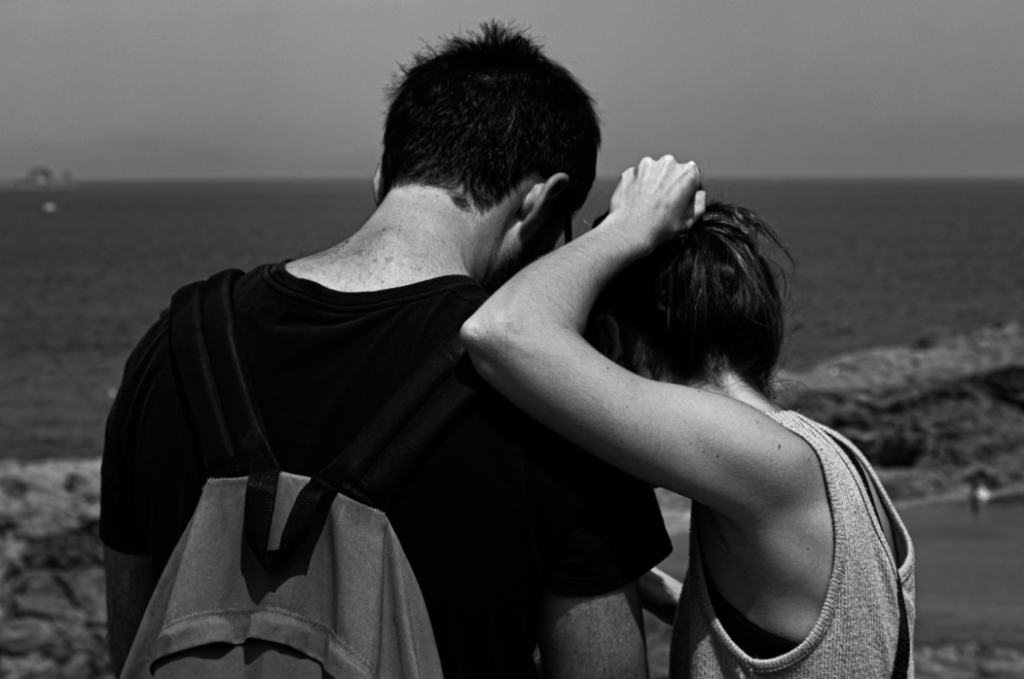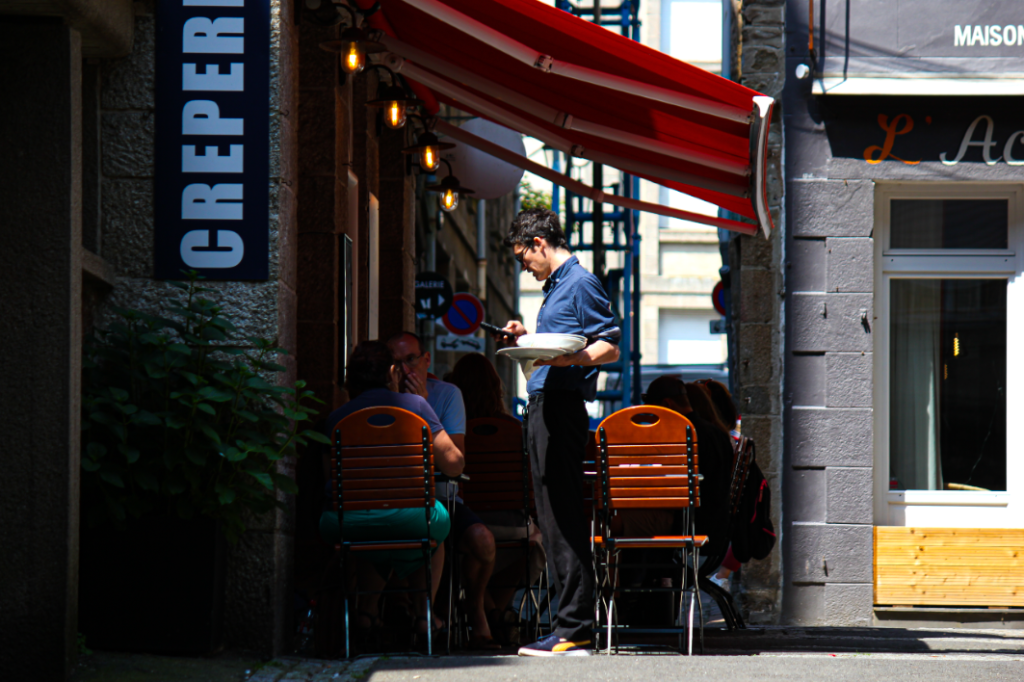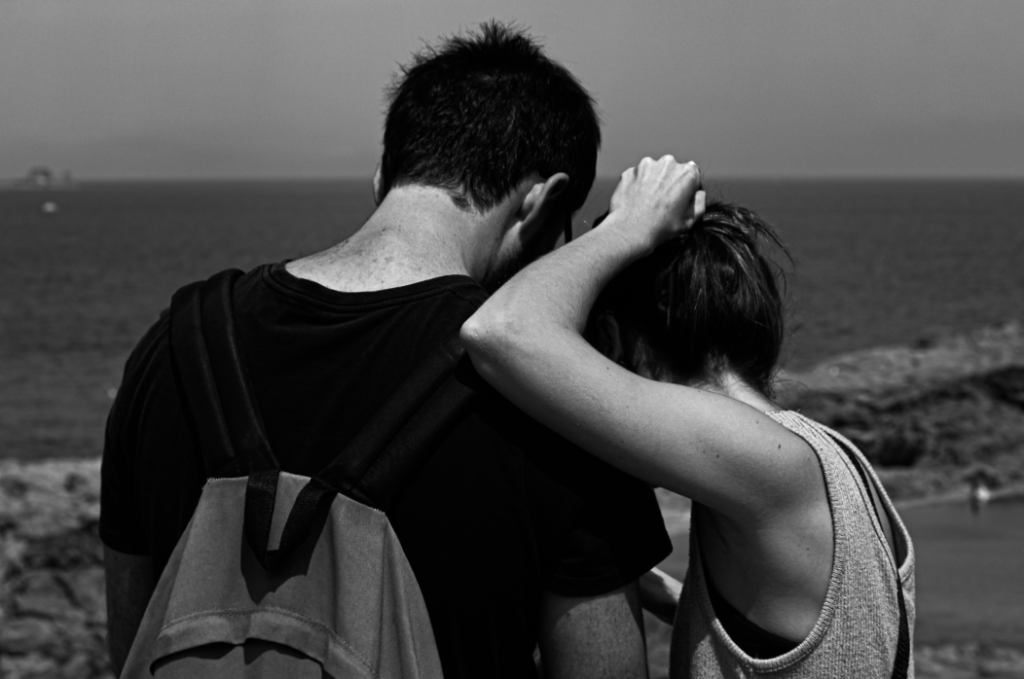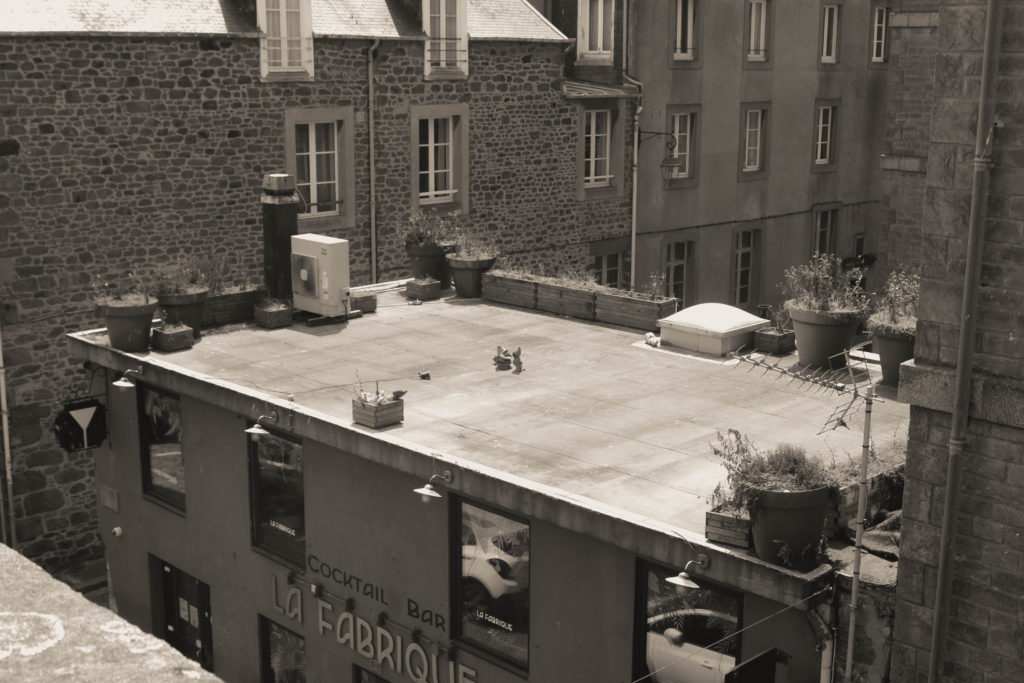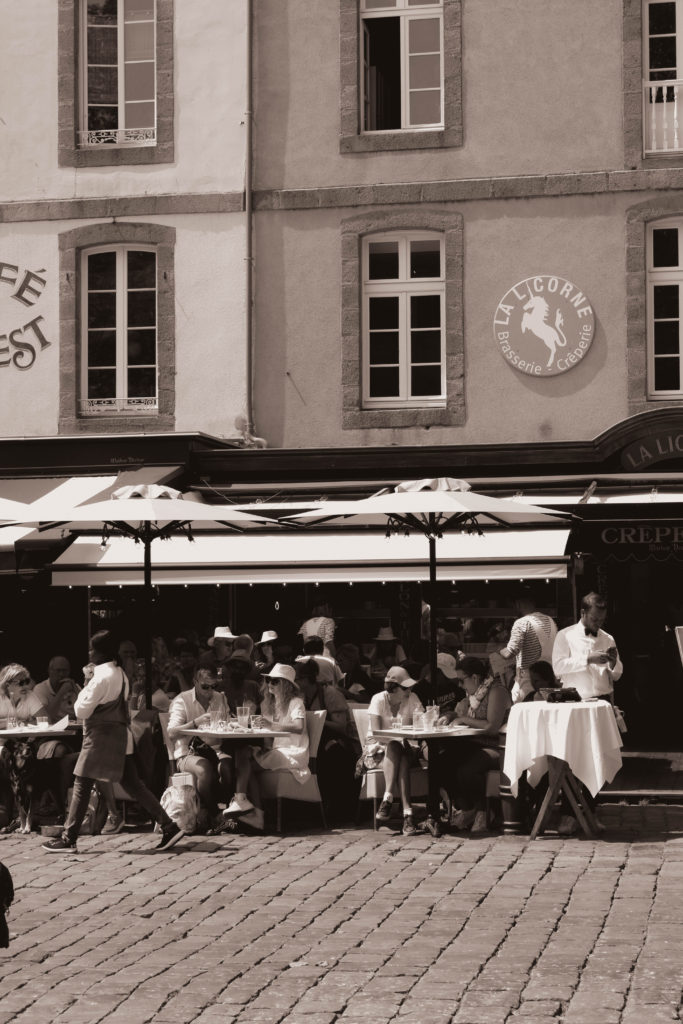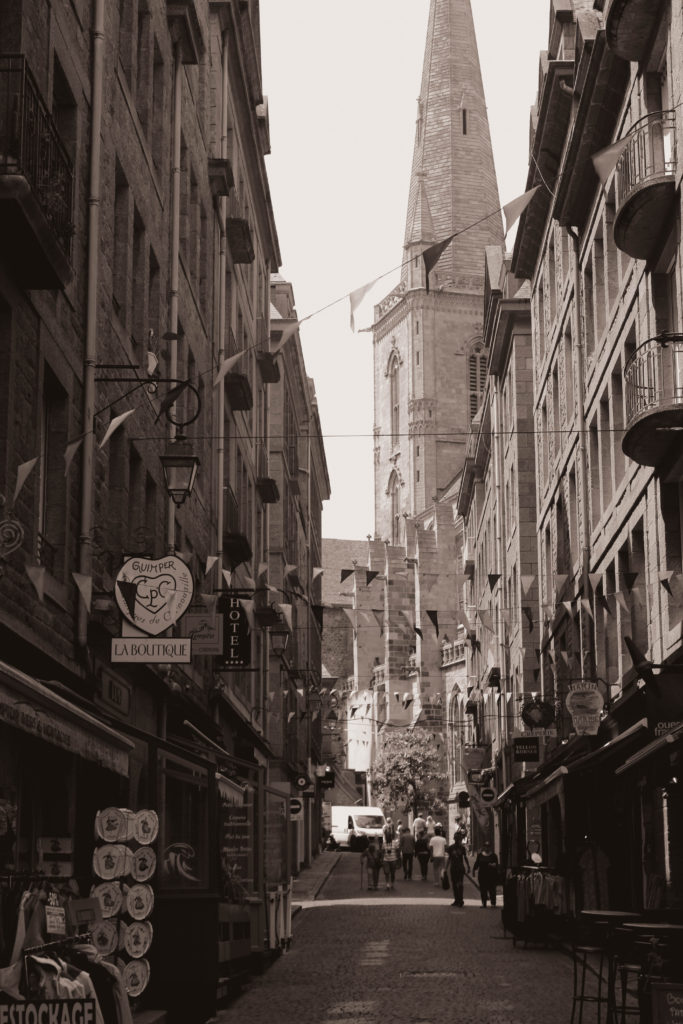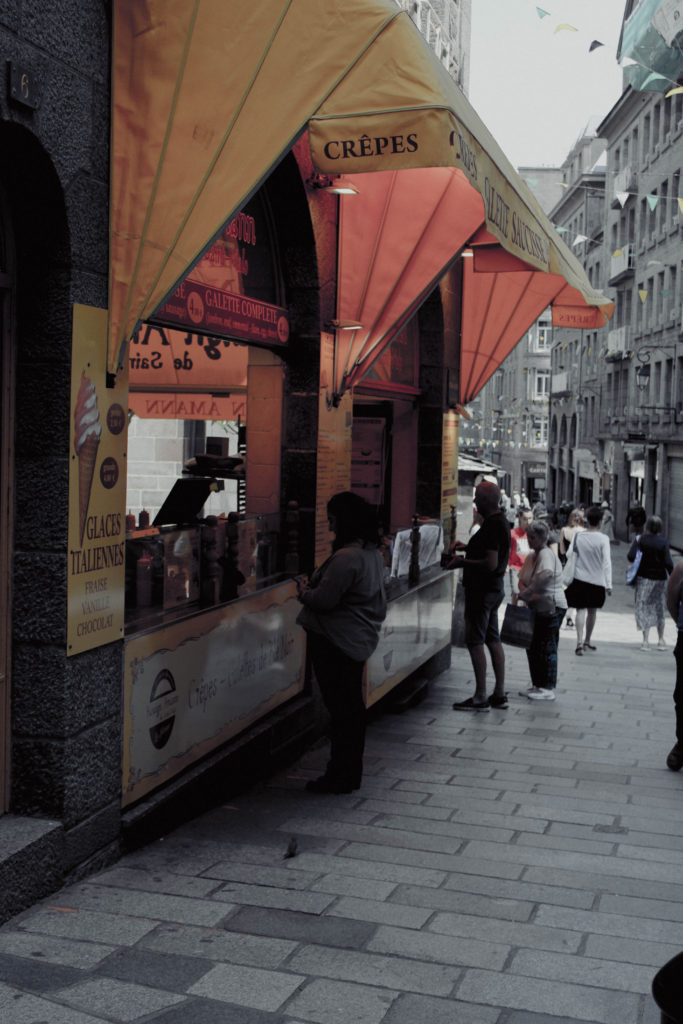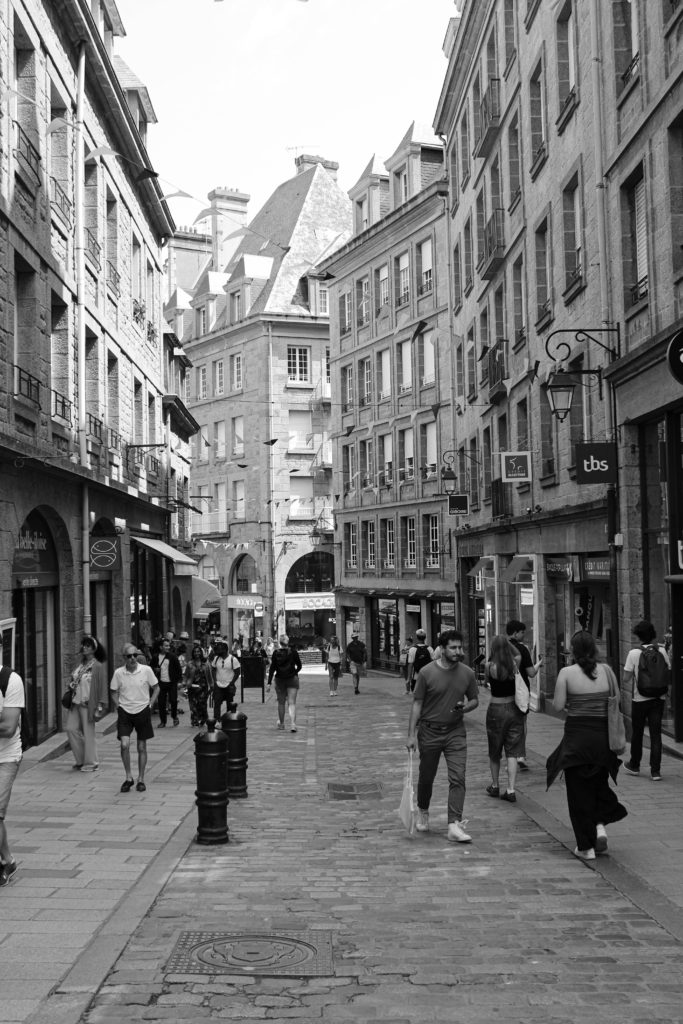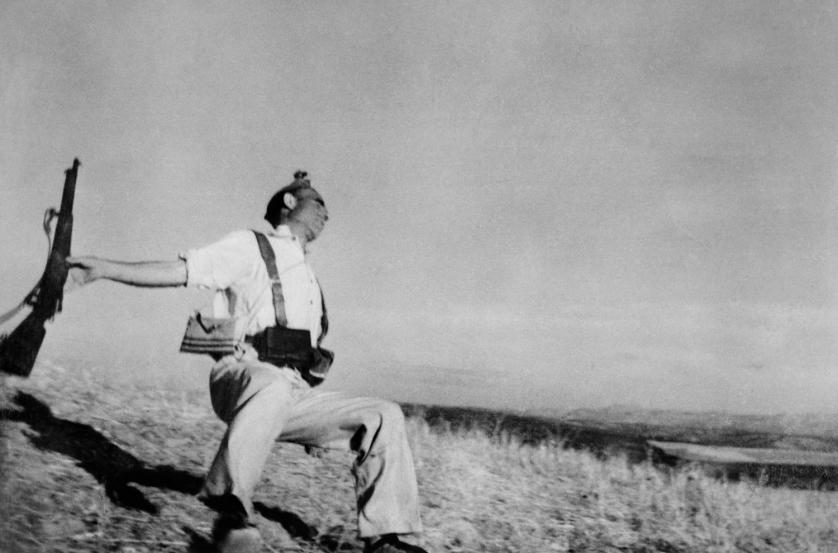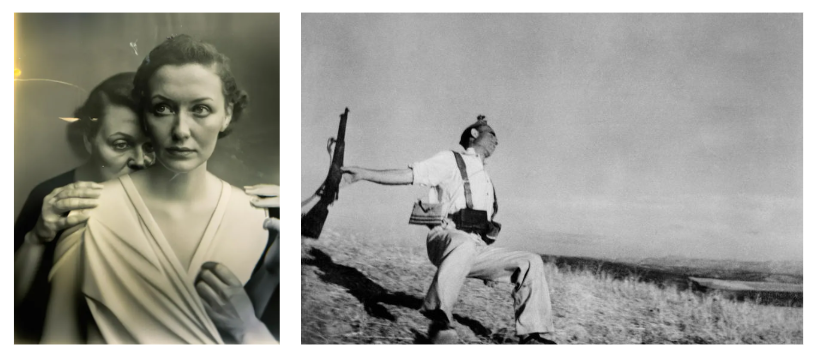“the average person will not be able to know what is true anymore.” – Geoffrey Hinton.
INTRODUCTION
Photography was invented as a new technology in 1839. And it was viewed as a threat to traditional artforms such as painting and drawing and was not seen as art because it lacked “something beyond mere mechanism at the bottom of it.”. Photography is supposed to represent reality and is a real life perception of things, yet also an illusion as the photo’s framing, perspective, subject and composition are manipulated by the photographer. AI (Artificial Intelligence) is a tool that is relatively new. In this case, it is a tool that can be used to enhance, distort, bend, fracture and all together change how a photo looks. It can even create completely new images or things in an already existing image. AI has already developed enough to the stage where it has the ability to fabricate false images and videos, which can create confusion and make people think differently about a certain topic. It is likely most of us have seen an AI generated/altered image or video and have even believed whatever it was, as interesting as it is dangerous. On the idea of AI being dangerous, Geoffrey Hinton, mostly referred to as the “Godfather of AI” resigned from his position at Google to bring awareness to the rise of AI and how it can have many potential dangers. He said in an interview; “Right now, they’re not more intelligent than us, as far as I can tell. But I think they soon may be.”. He worries that AI can become too unpredictable and can eventually start to cause harm.
PHOTOGRAPHY IN THE PAST
Photography in the past, before the digital age, had artists use ways of manipulating the photos. Both with the camera and in the darkroom. Many artists would put Vaseline on their camera lenses, put chemicals on prints in a darkroom and would also scratch negatives together, artists would even move things seen in the photo to make them look more interesting. All these methods were used by artists to make their photos look more like an actual art piece, this was called “Pictorialism”.
An example image from this era:
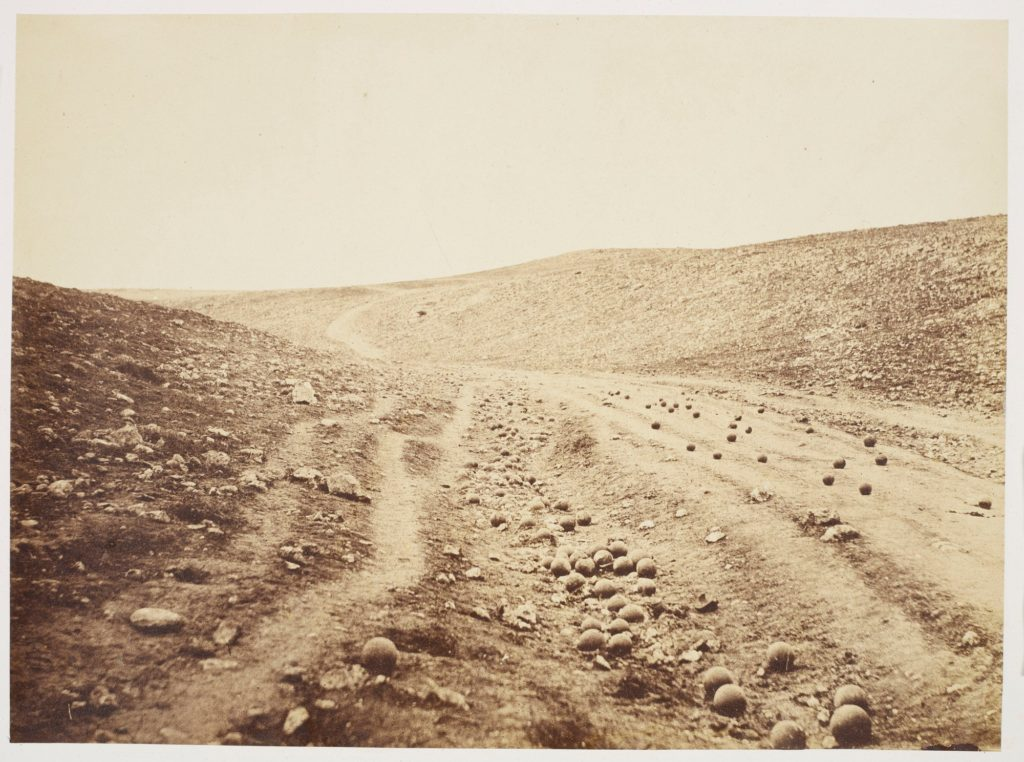
This is a photo called “The Valley of the Shadow of Death”, it is known as “the first iconic photograph of war”. It was taken by Roger Fenton in 1855 in Crimea during the Crimean War, the photo shows a valley there with lots of used cannonballs. It was called “The Valley of the Shadow of Death” because that valley had constant shelling there. It was later theorised that Roger Fenton had the cannonballs put on the road for the photo, thus creating an unrealistic perception of the event. But many people have combatted this allegation by saying it wasn’t fabricated at all, the Orsay Museum said “this is unlikely as the fighting raging around him would probably not have allowed him to do so”. Some people have also claimed that the cannonballs were put there from soldiers who were collecting them for reuse, and had put them there for the time being. I think personally that the cannonballs were intentionally placed there by Fenton, not to exactly lie to the viewer but to instead emphasize to the viewer about the dangers of war and to make the photo more serious and look more convincing. But people when they found out about the cannonballs being placed there jumped to conclusions and accused him of lying. When he really wasn’t trying to. To this day, it is unknown whether he staged the photo or not, and there have been many theories and claims supporting if he did or not. But no one really knows and no one will.
PHOTOGRAPHY IN THE PRESENT
Photography now since the digital age still alters the truth, and it’s never been easier now that we have things such as AI and Photoshop:

This is a “photo” called “The Electrician”, made by Boris Eldagsen in 2022. The photo shows a 40’s looking portrait of two women. This photo is from a series called “pseudomnesia” which is Latin for “fake memory”. The photos in this series are about “fake memories of the past, that never existed, that no one photographed”. The photo was going to win an award at the 2023 Sony World Photography event but the award was turned down by Eldagsen himself and he then revealed that the photo was actually AI generated. He used AI generators such as Midjourney and DALL E 2 to create the image. Which means anyone can use these platforms too as they are mostly free and are easily accessible, this could potentially bring dangers to our society as there are no regulations currently set for using AI generation and it only takes one image or video of a fabricated situation to cause bad things to happen. AI has increased our ability to create new images that has no relationship with either photography or the truth which can be very bad. Boris Eldagsen however, despite declining his award, believes that AI “isn’t a threat” and that it is used to “liberate artists”. I personally think that it’s a little scary the fact that AI has become so convincing that it can be passed as legit through checks made by actual staff at award events. But Eldagsen clearly wasn’t trying to fool anyone and was simply wanting to use his AI to make his album, it wasn’t his fault that it won an award and the fact that he turned it down only further proves that he wasn’t trying to “cheat” to win.
CONCLUSION
Photography in the past, when altering an image, was much harder to do as there wasn’t much technology or tools to help do it, but at the same time it seemed a lot more fun and interesting as you had to actually interact with the environment and actually think more about what you want to do. It also seemed mostly harmless as you couldn’t really achieve much with faking a photo and conveying any lies. Modern age however, it is much easier as we have AI and other things like photoshop to alter and create images, being much easier and quicker. You don’t have to involve yourself with changing things in the actual place when you’re taking the picture – if you’re even taking an actual picture that is, which I’m not a fan of particularly. I also don’t like how easy and accessible it is too, anyone can make a fake image or video, which is good but can be very scary when you think about what things they can make and make people think, it will also just be a nuisance to deal with as rumours and theories about controversies and situations etc. are already annoying enough to deal with. And the fact that you could even win awards by making fake photographs is very unfair for other people who took actual photos, why take the time to go out and make a real photo when someone else sat at their desk can make an award winning photo with just a few clicks? The future of photography is unclear and undecidable given the potential with these new tools, one day we might not even need cameras because we’ll be able to make our own photos with an app or software.
Bibliography:

